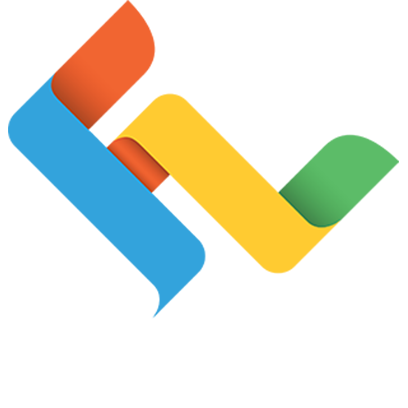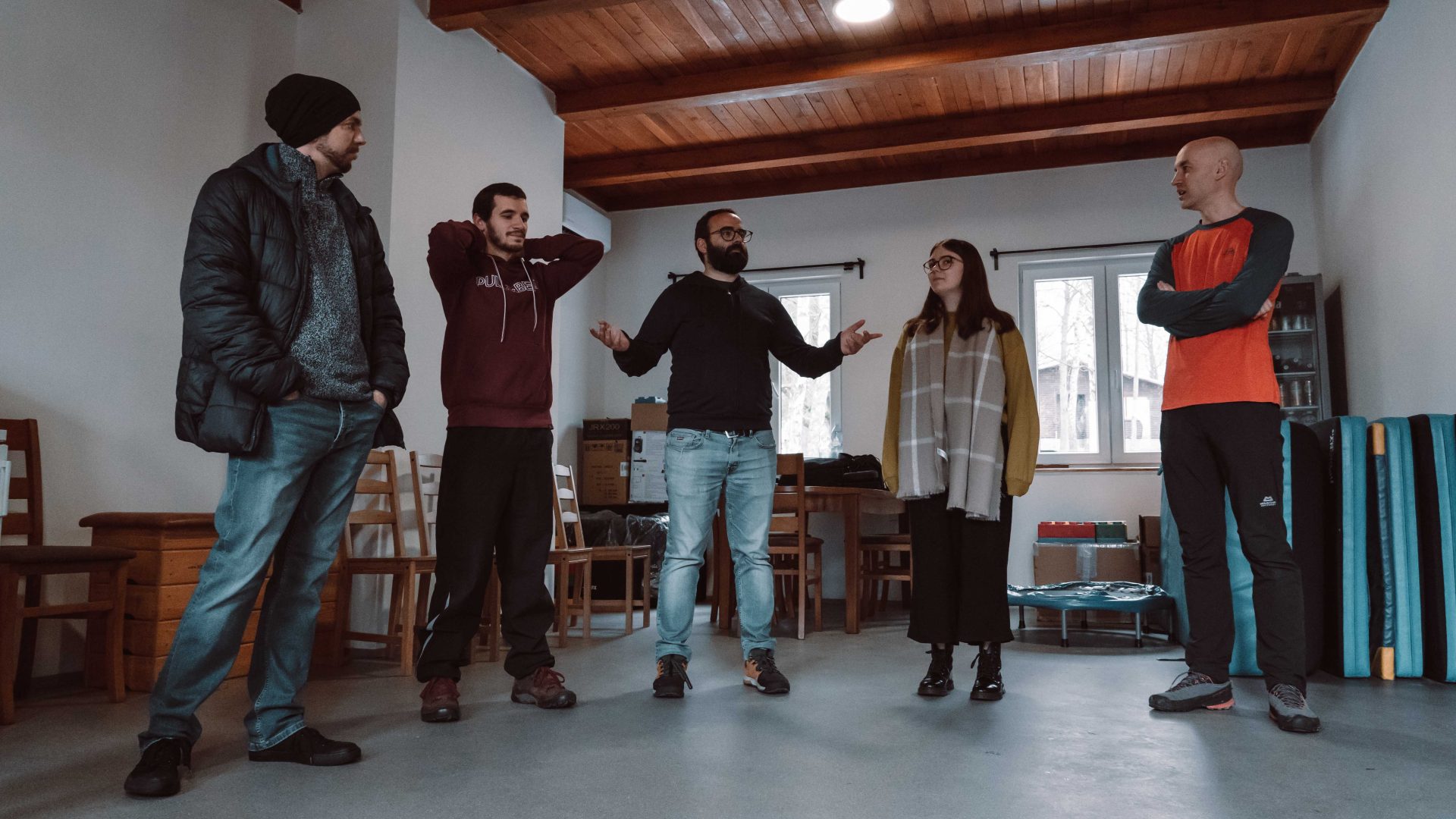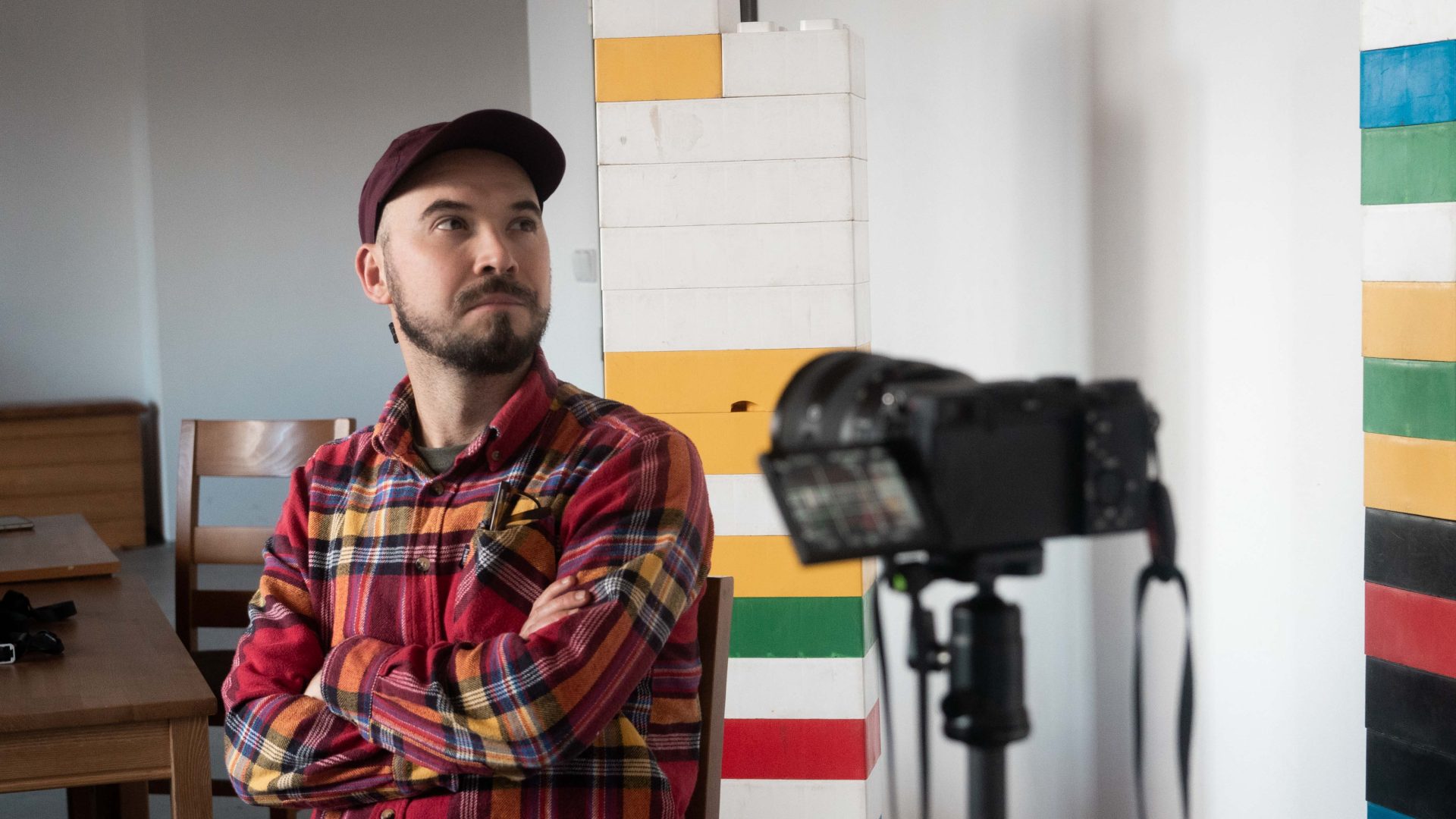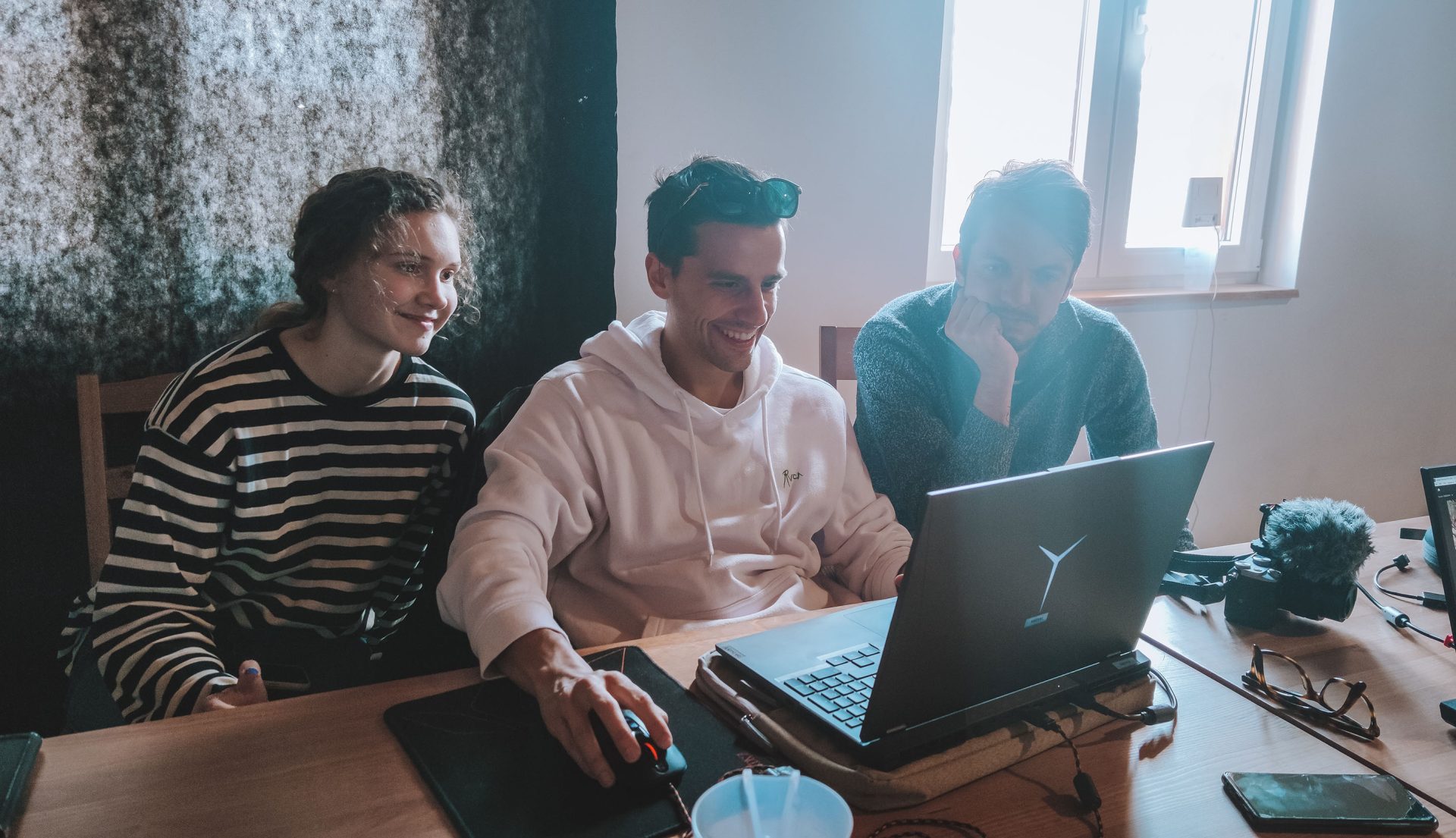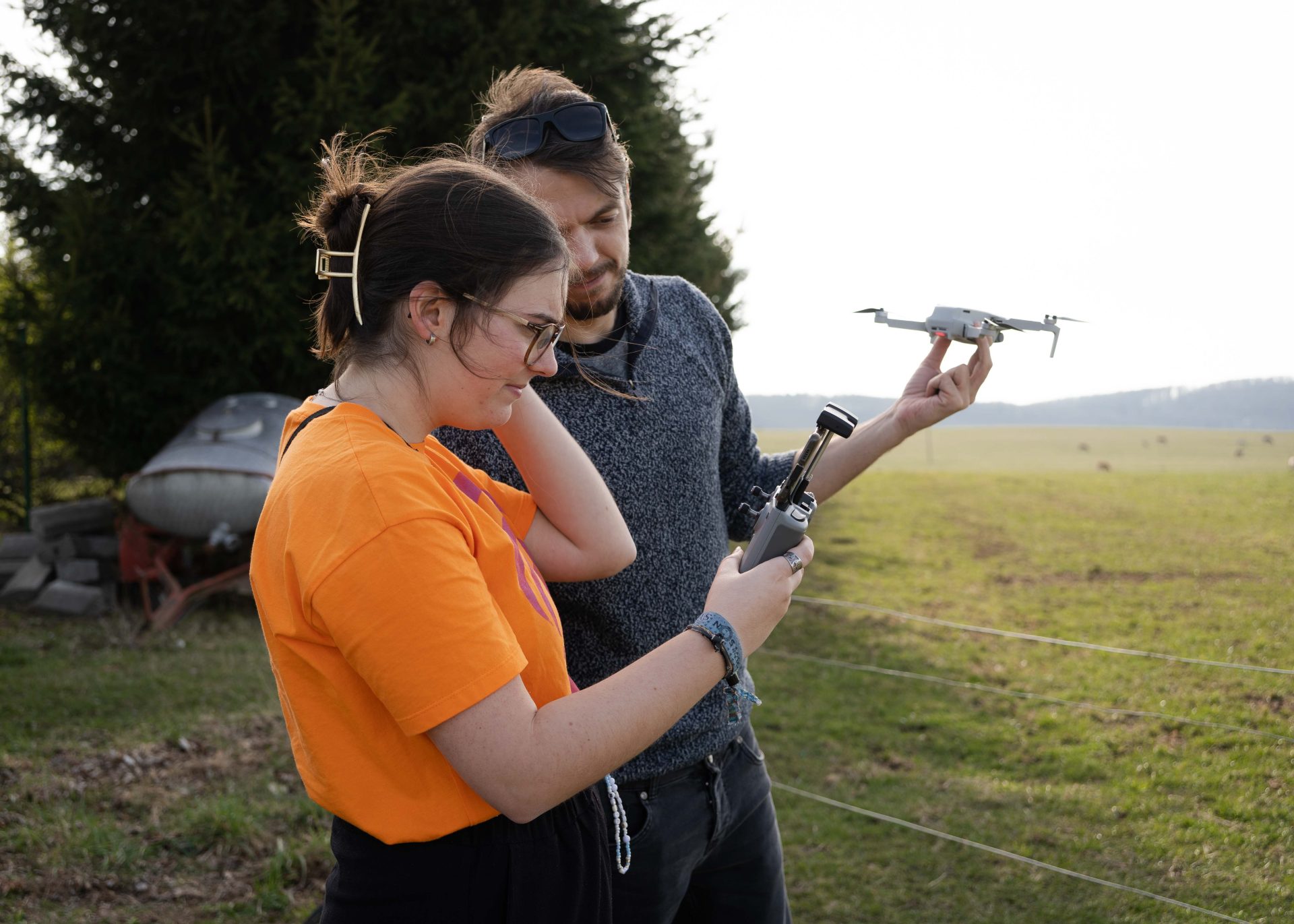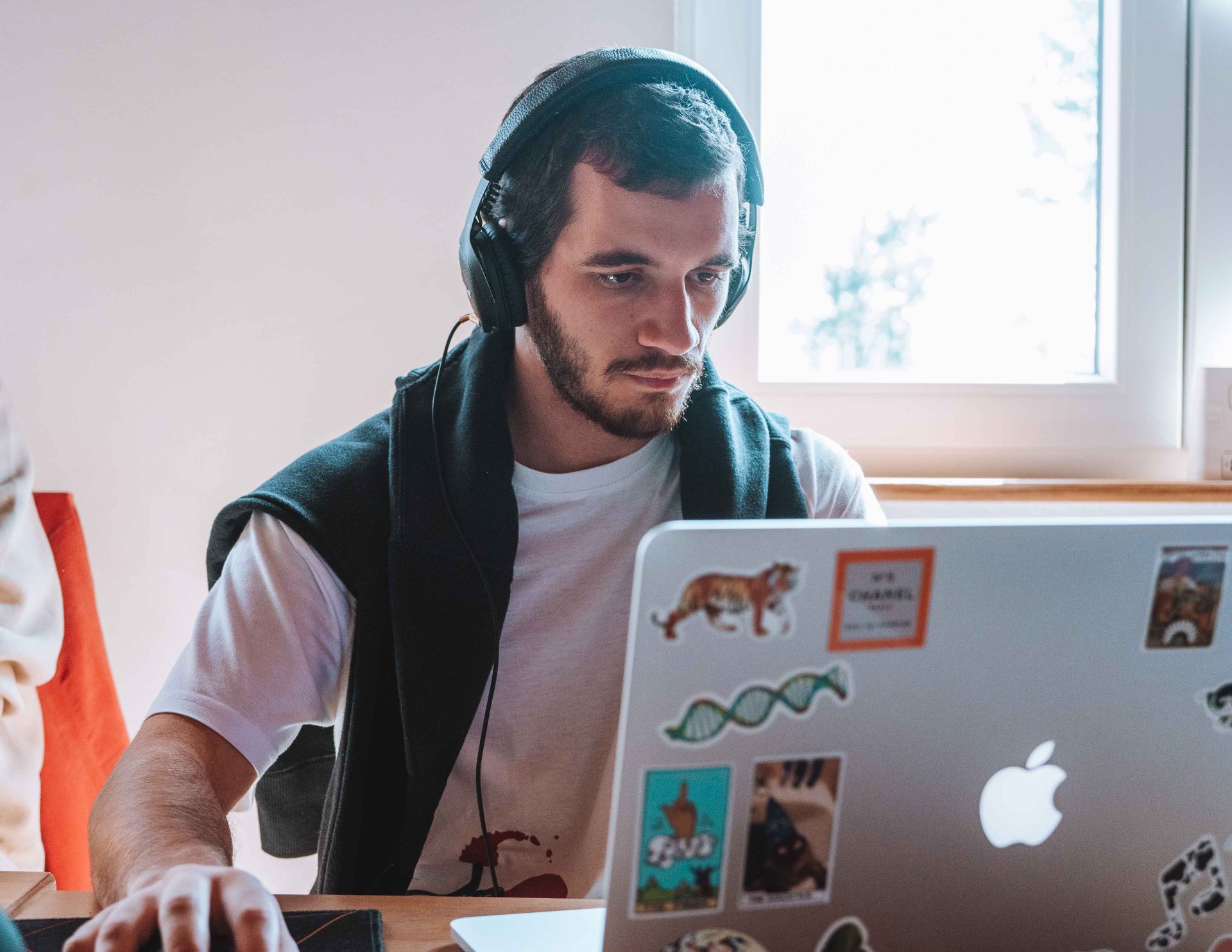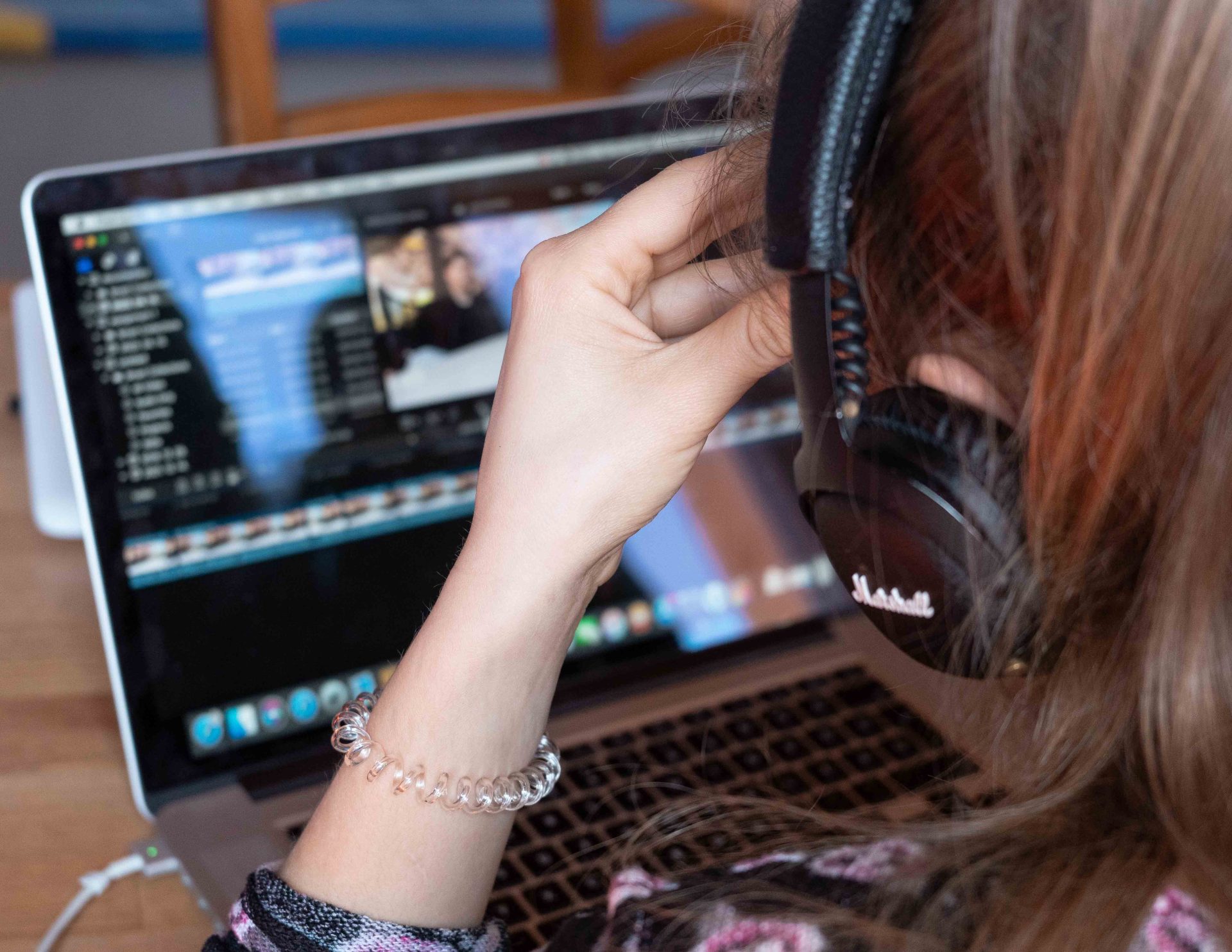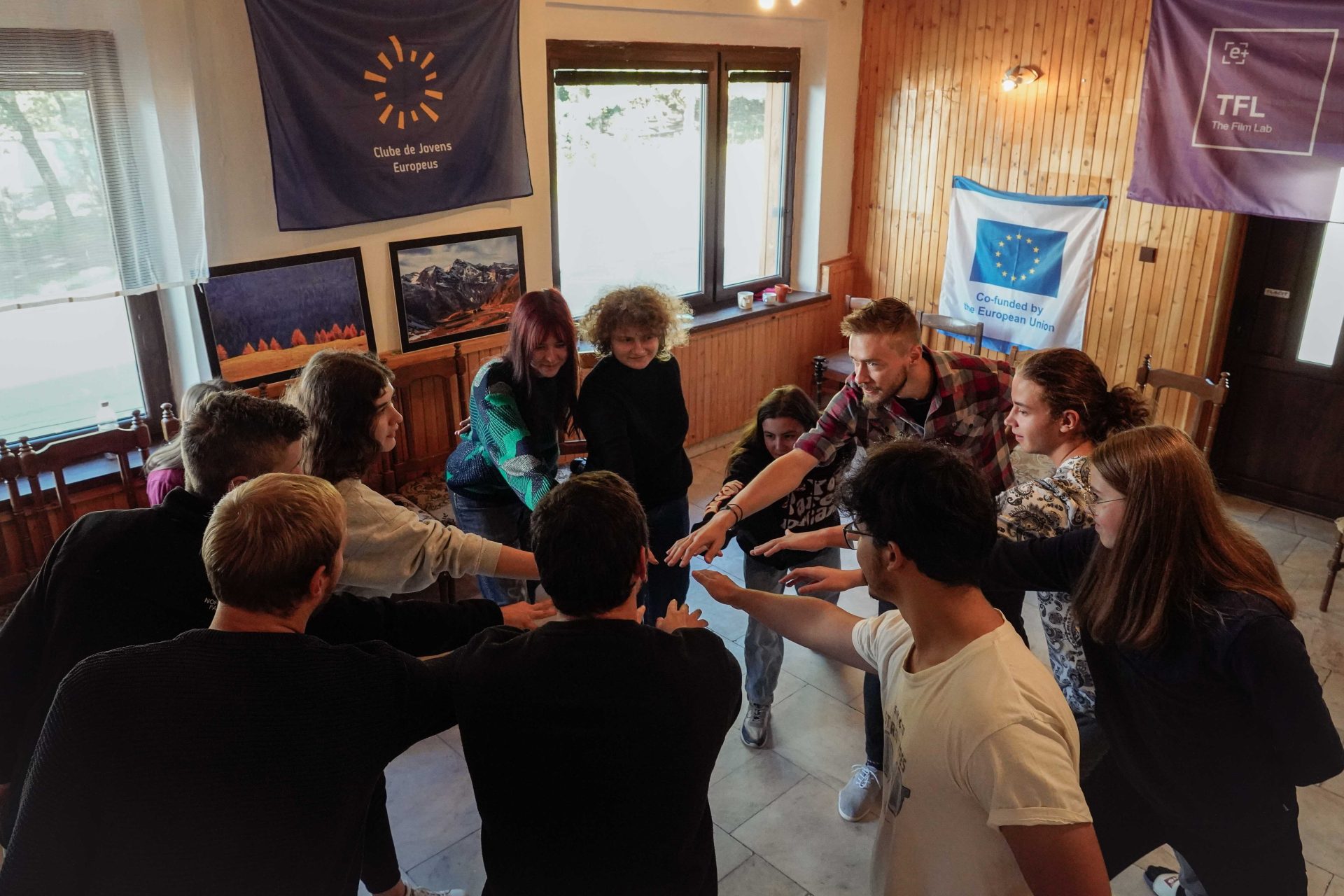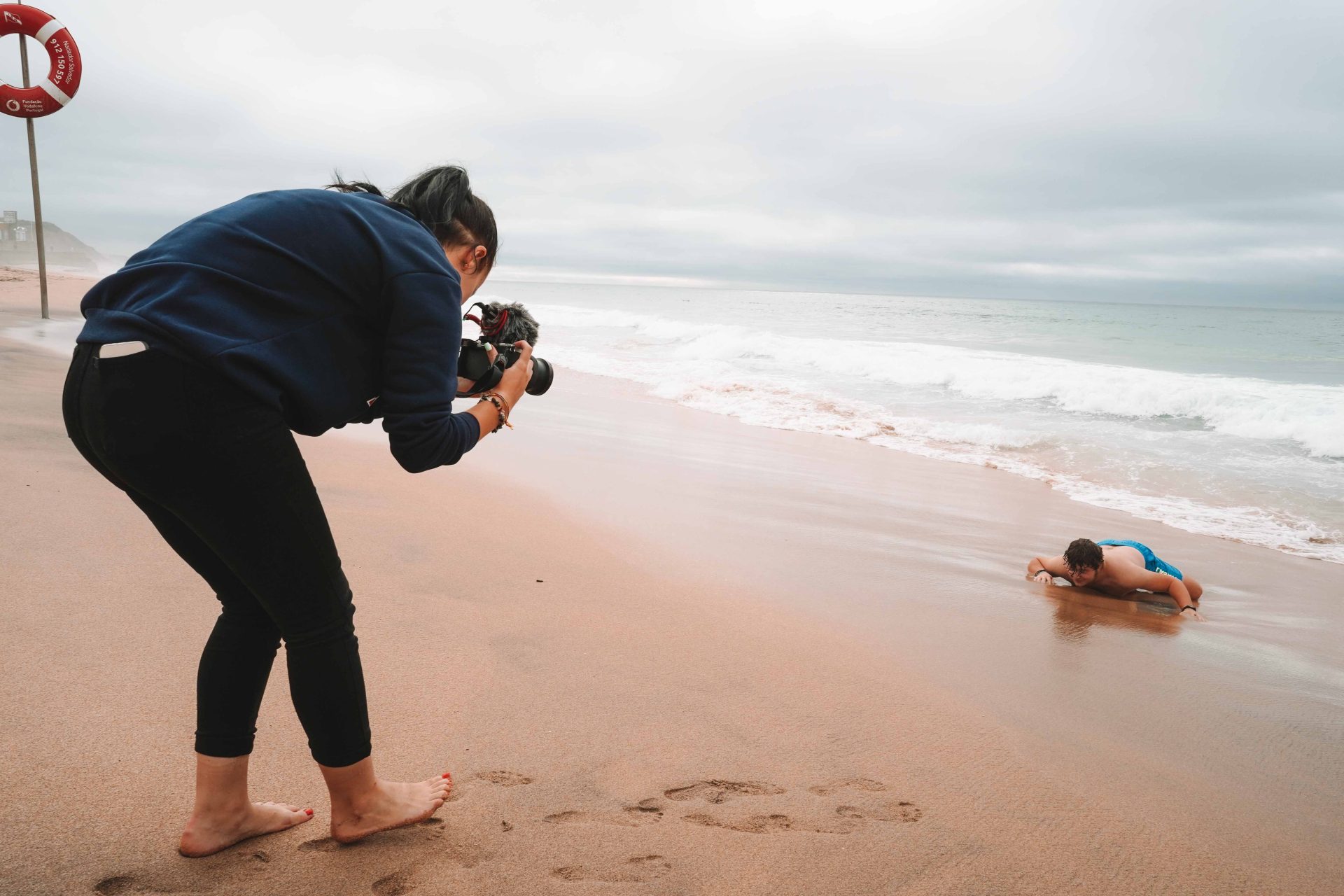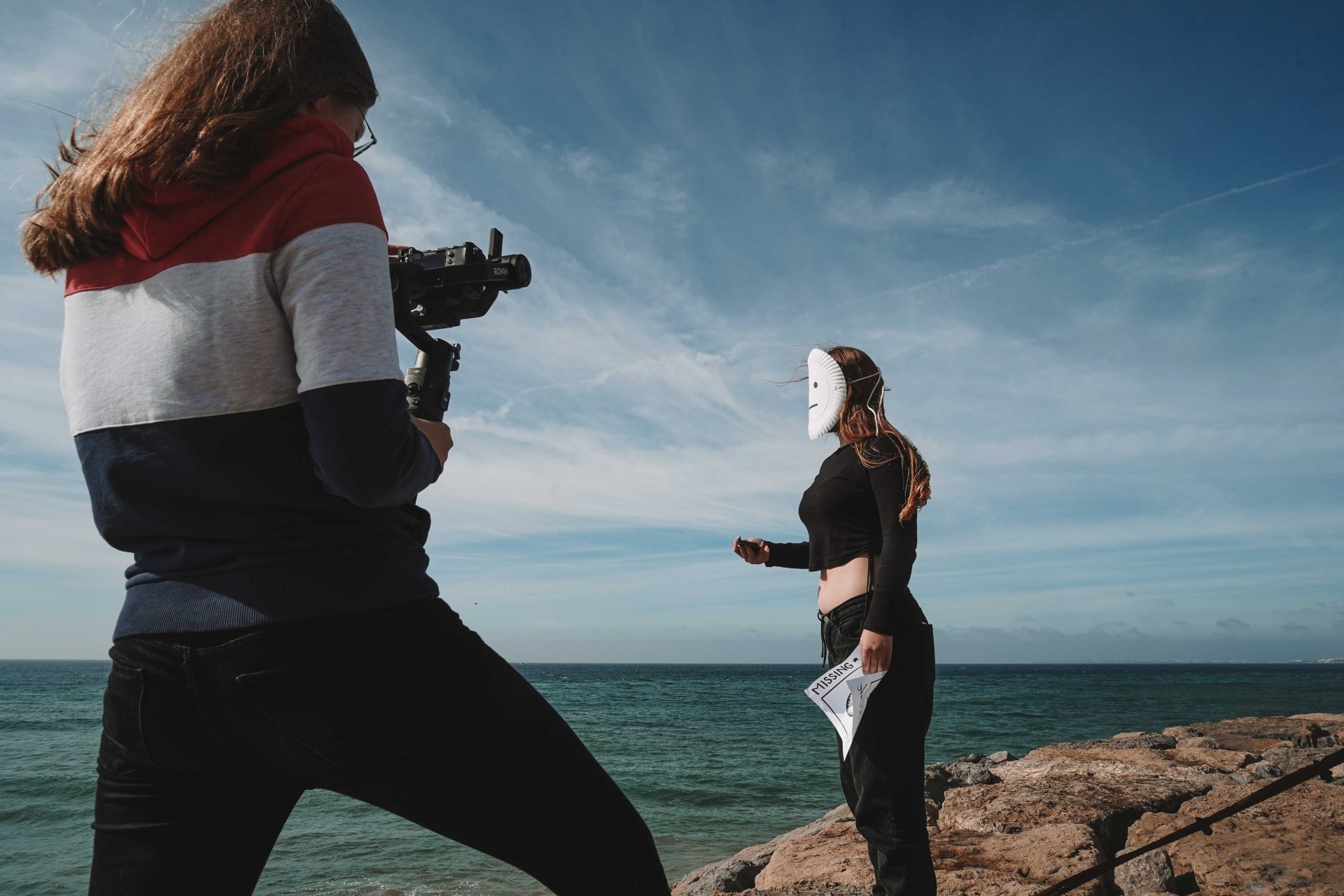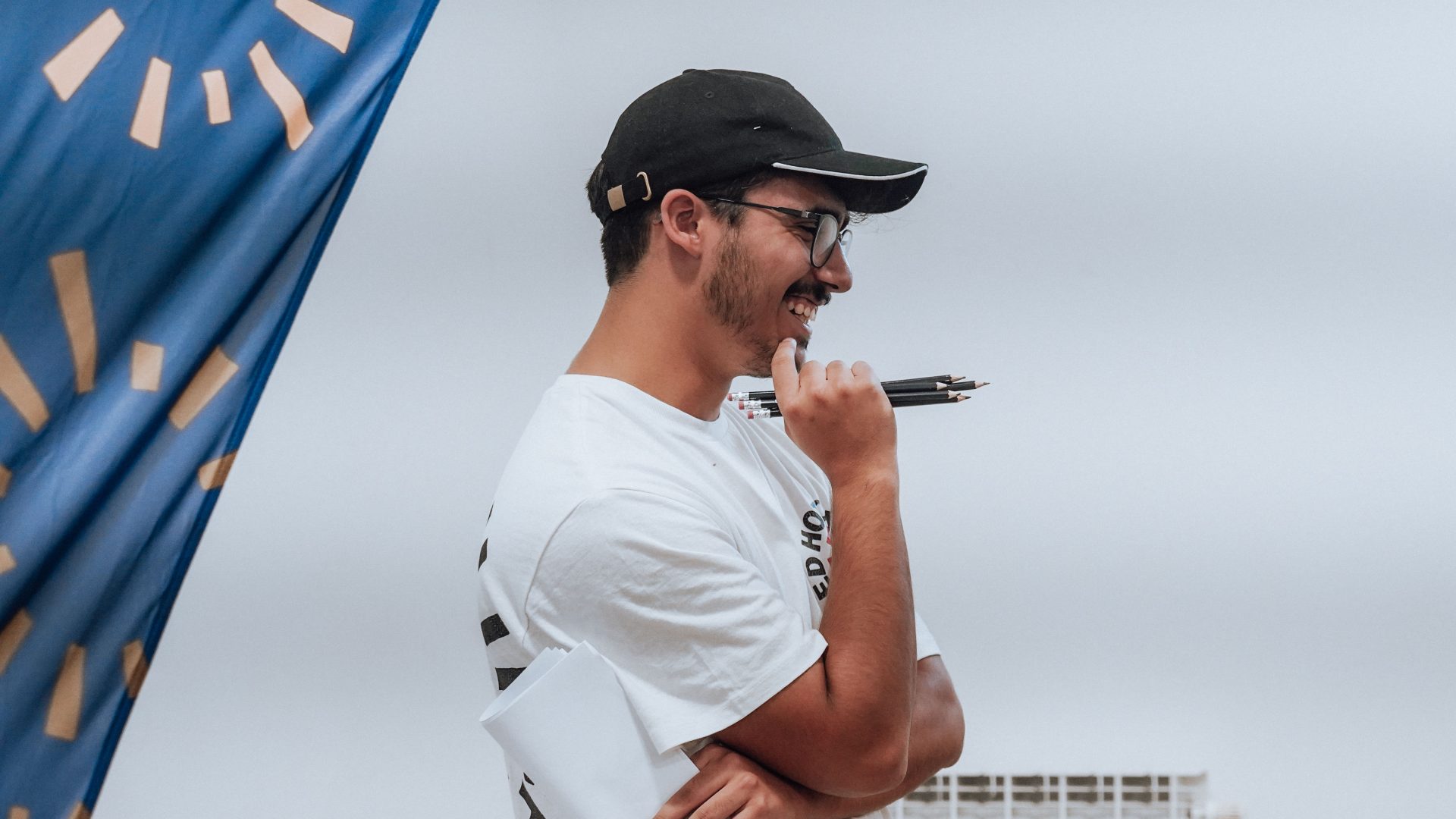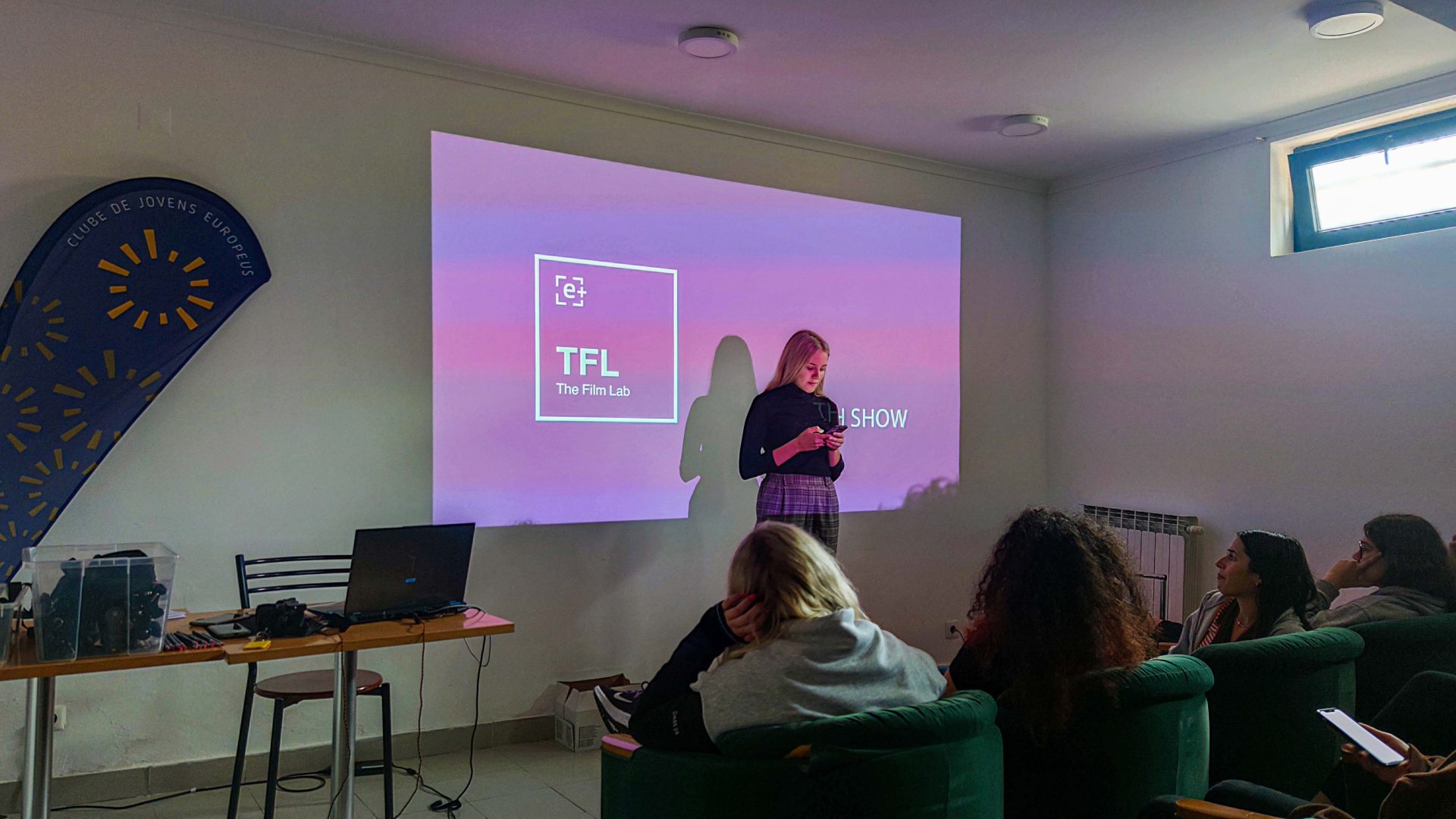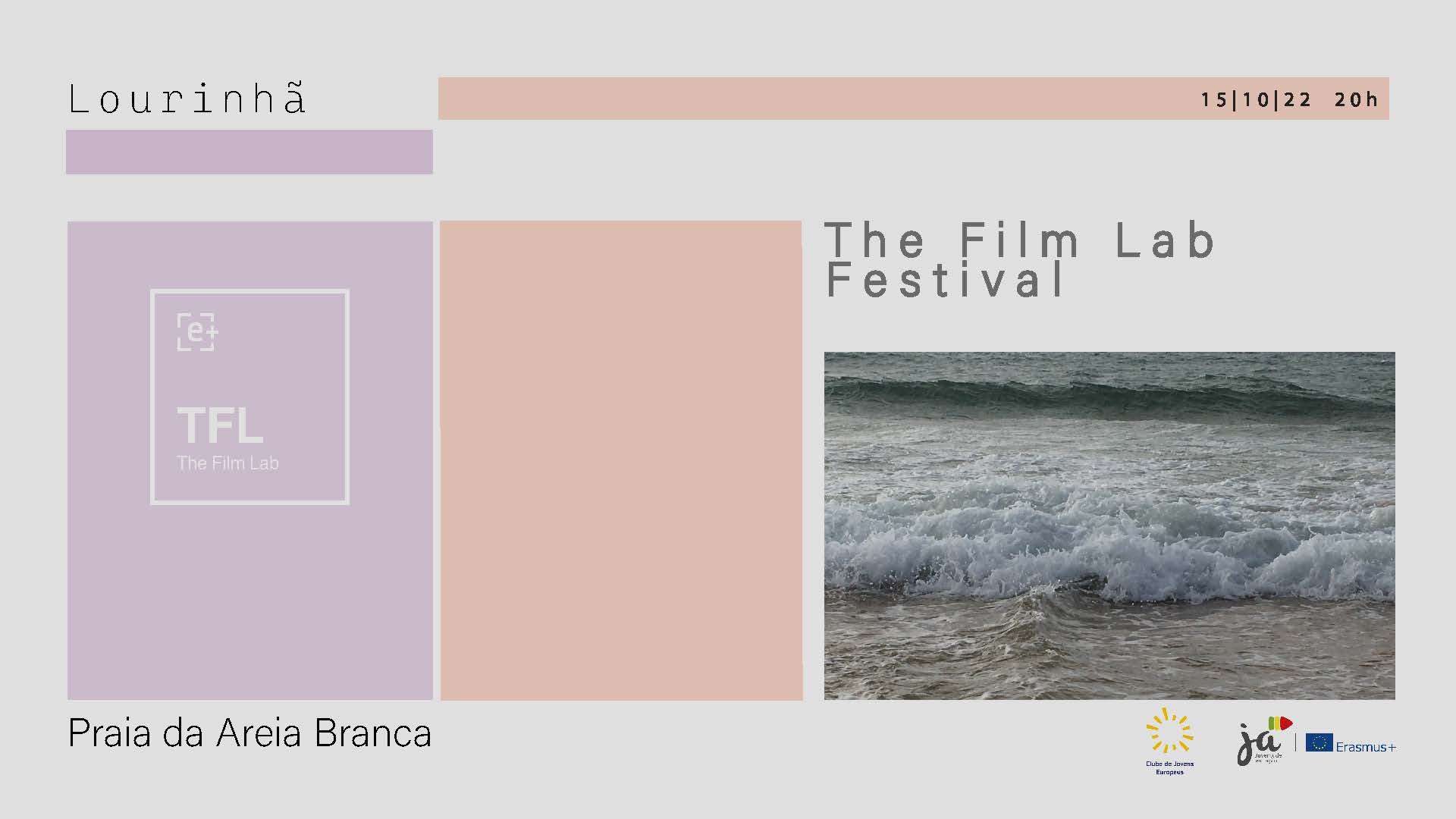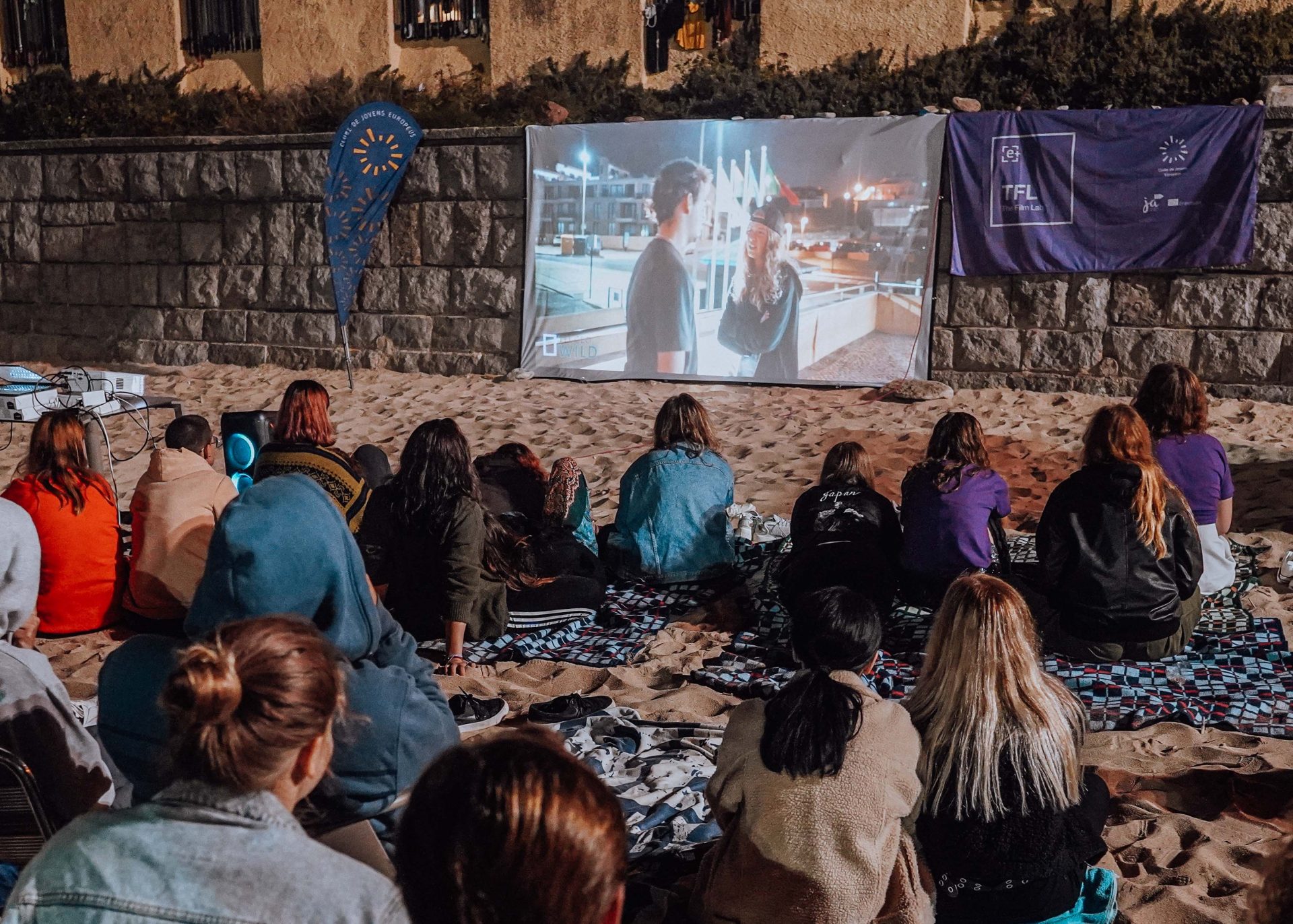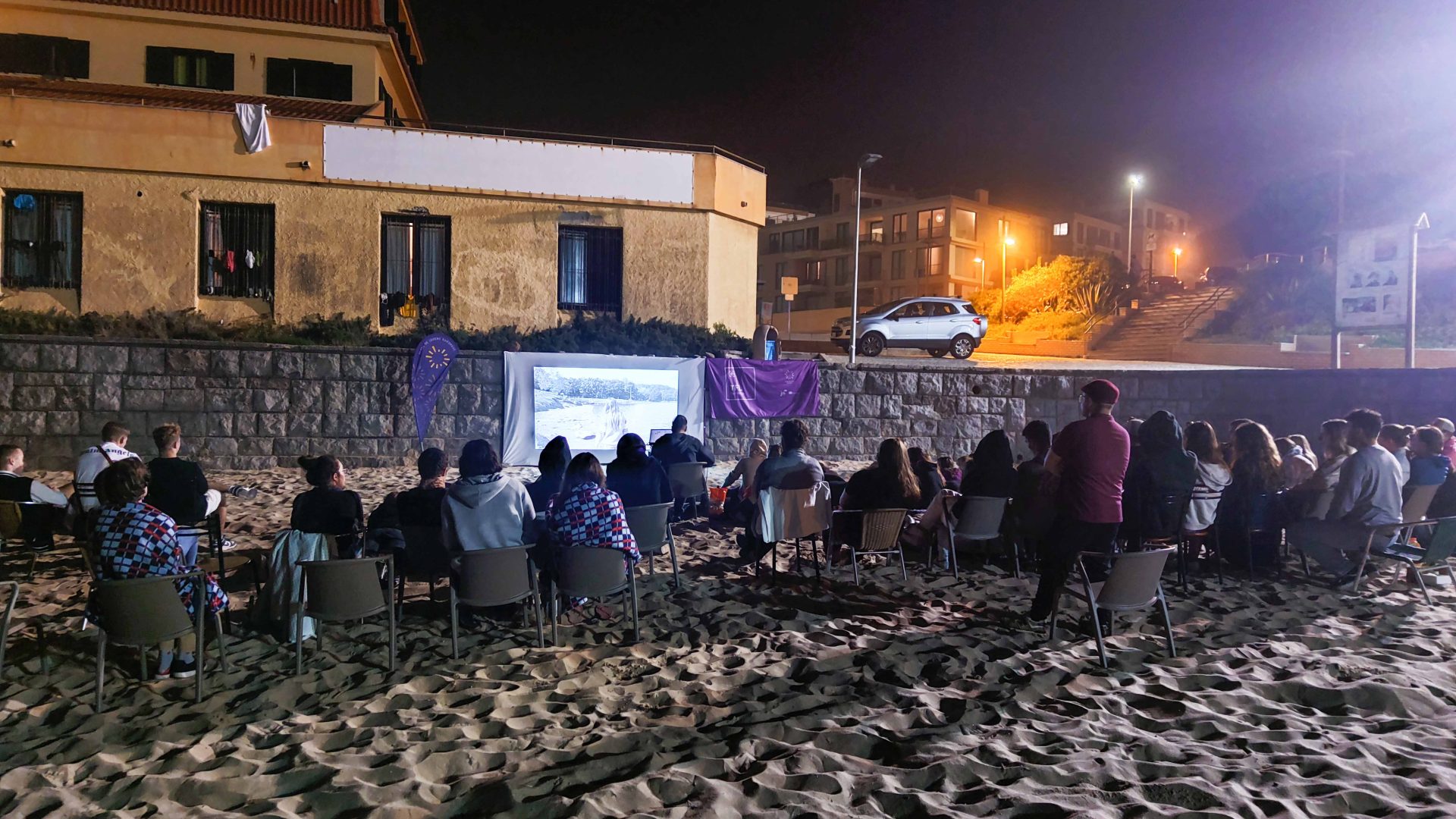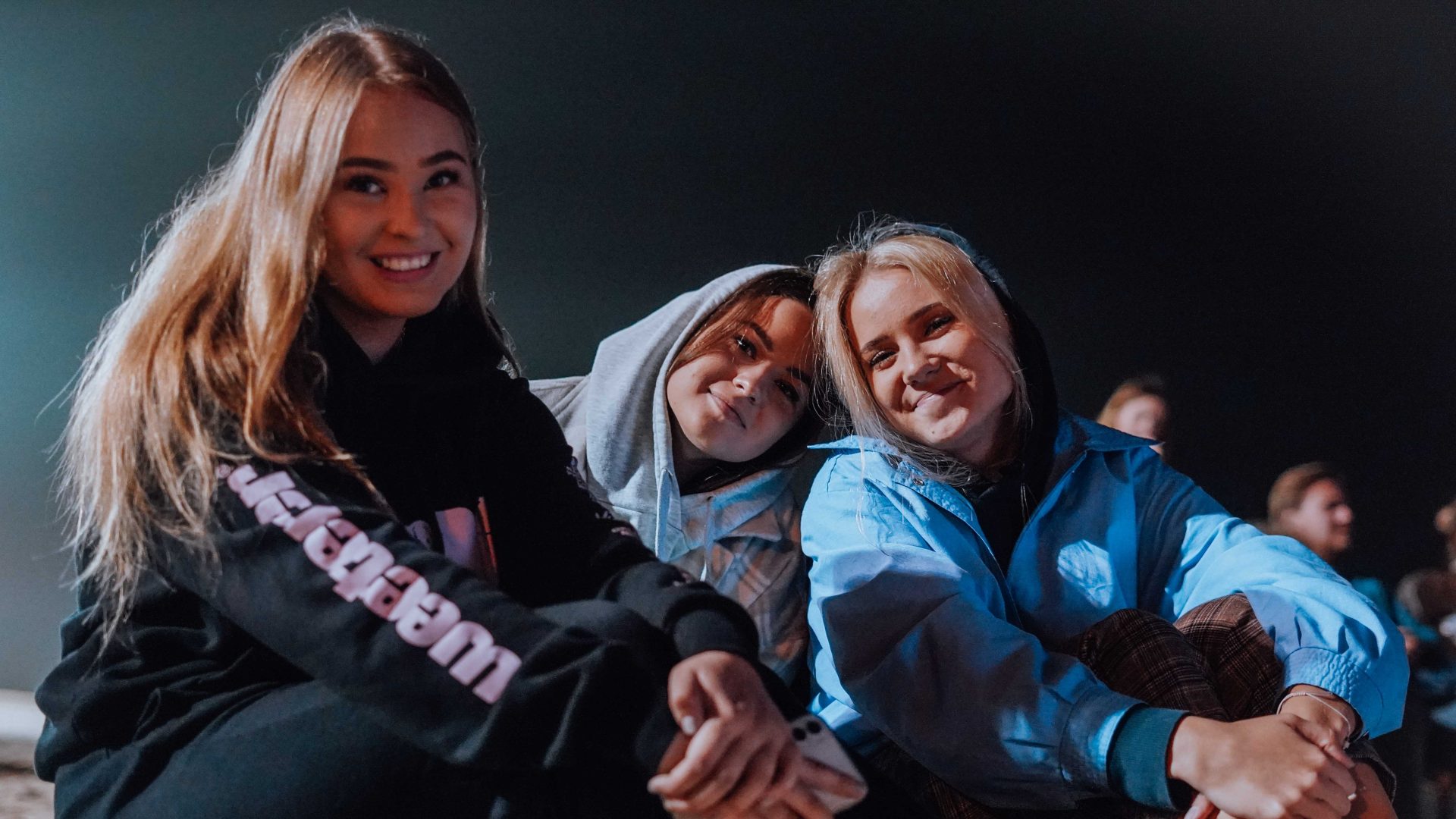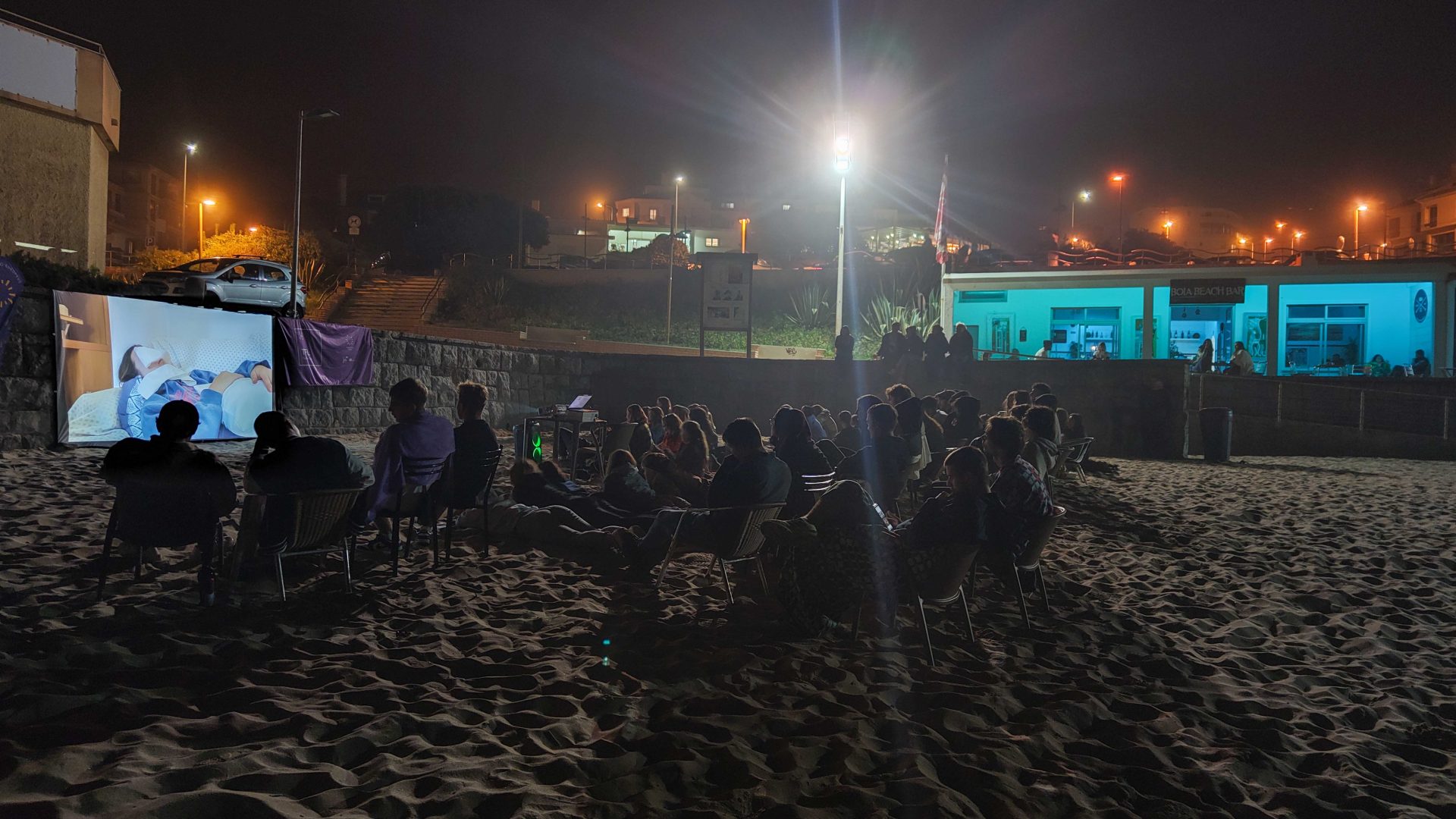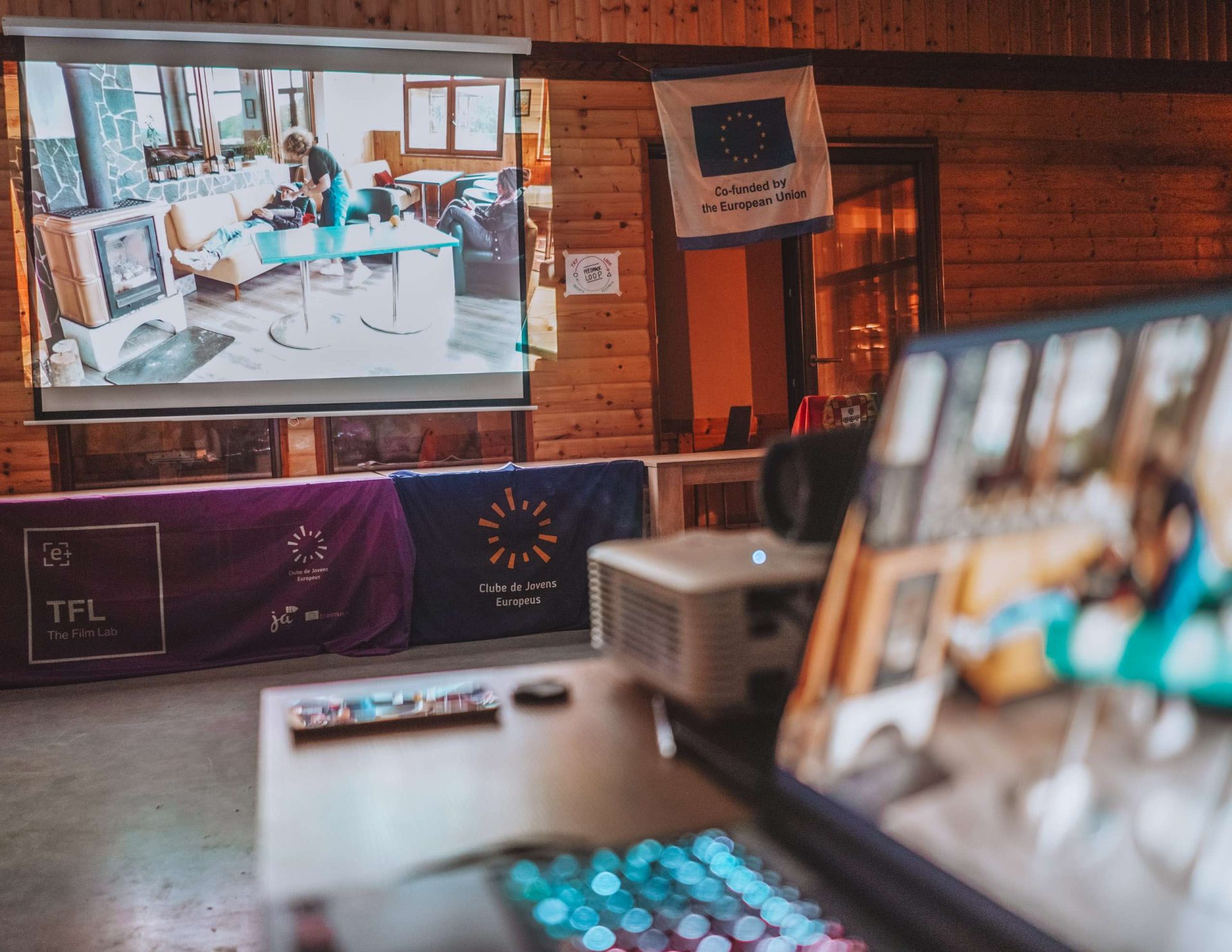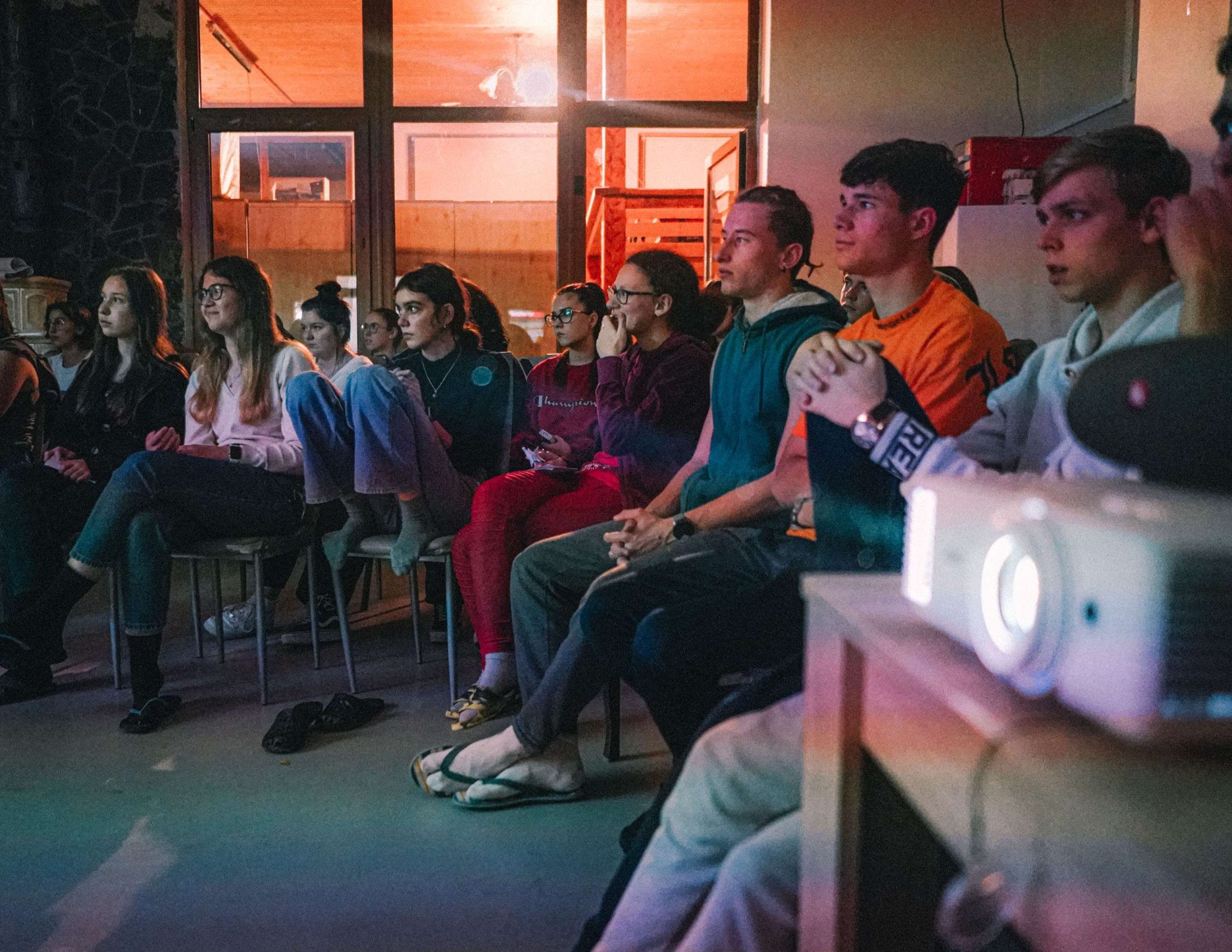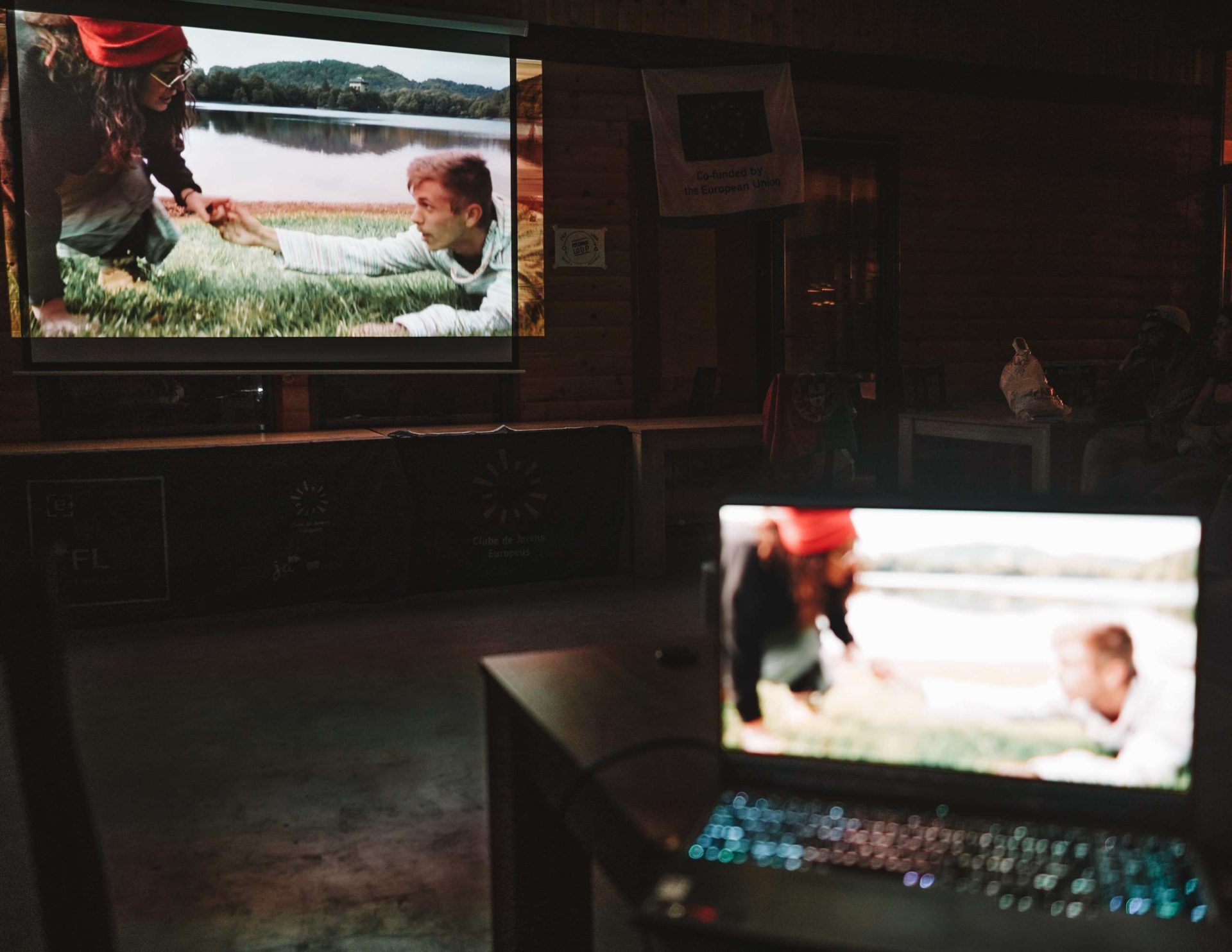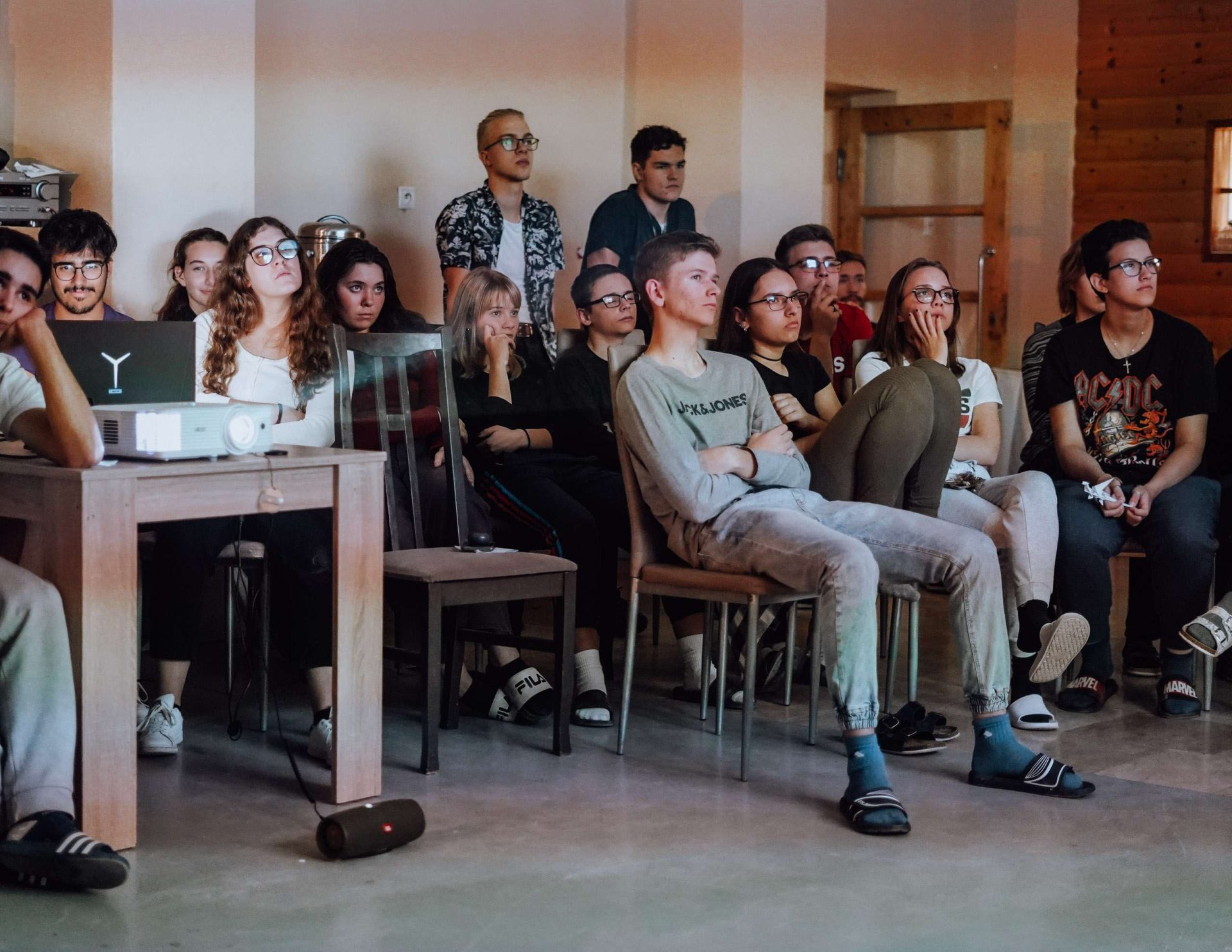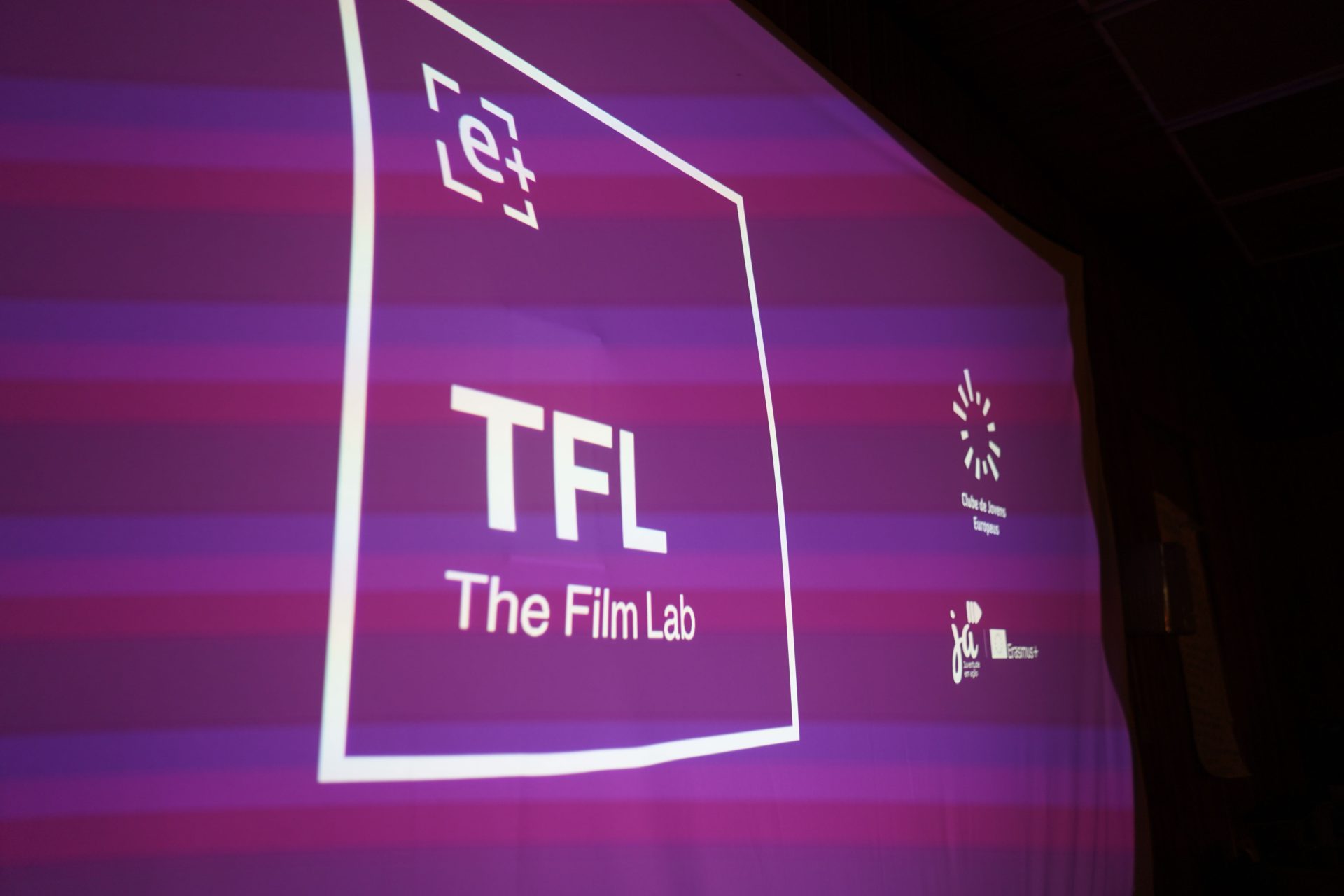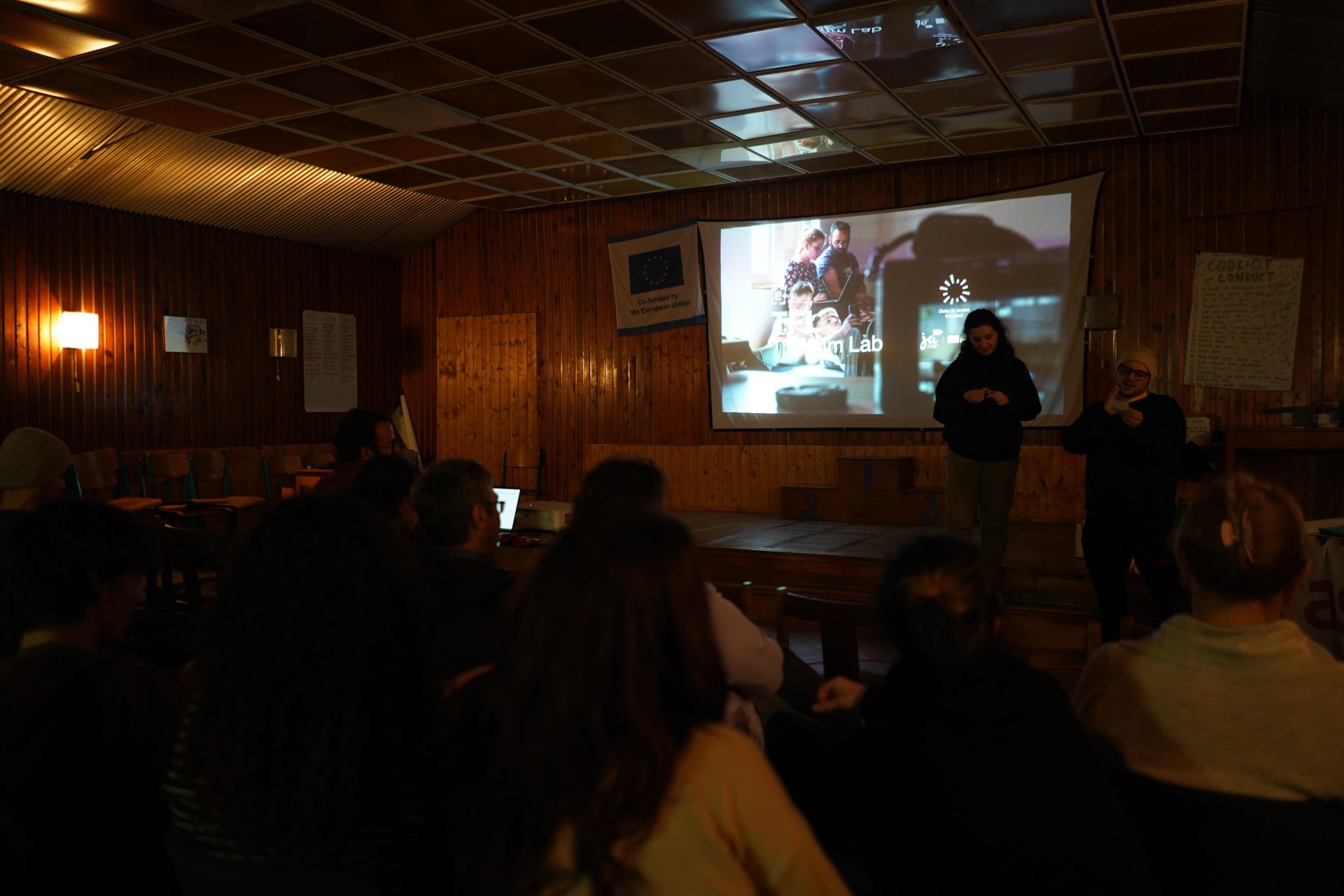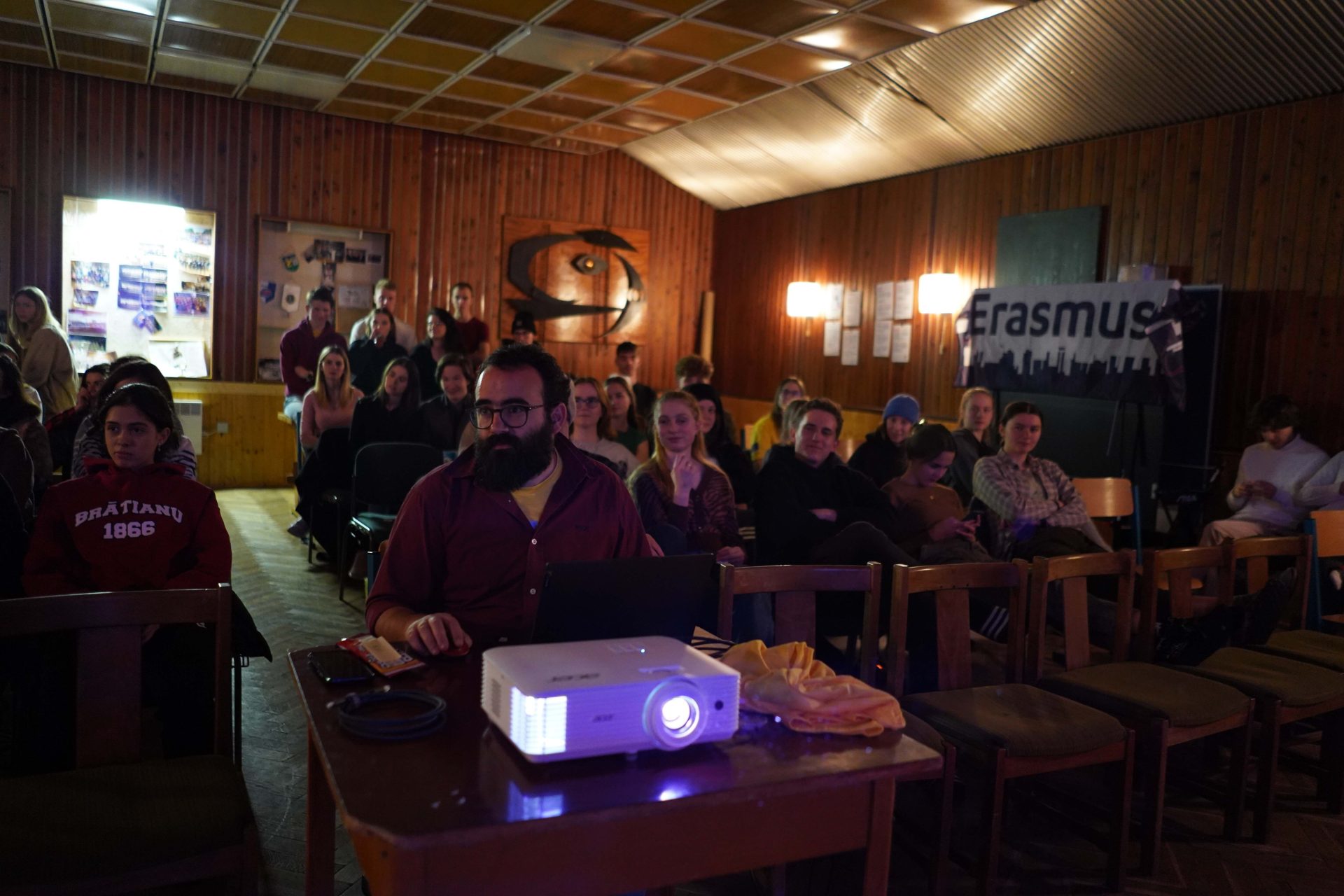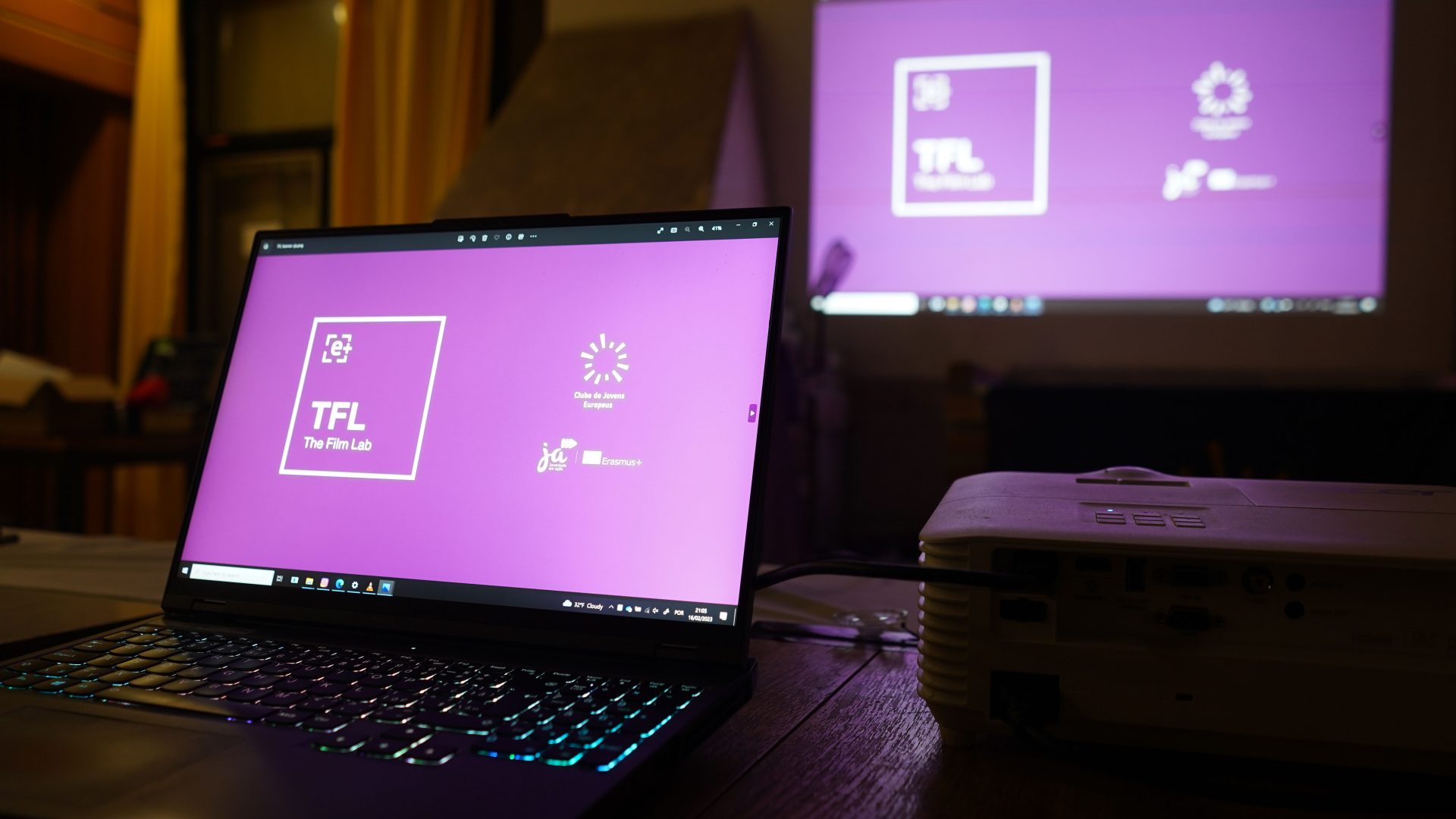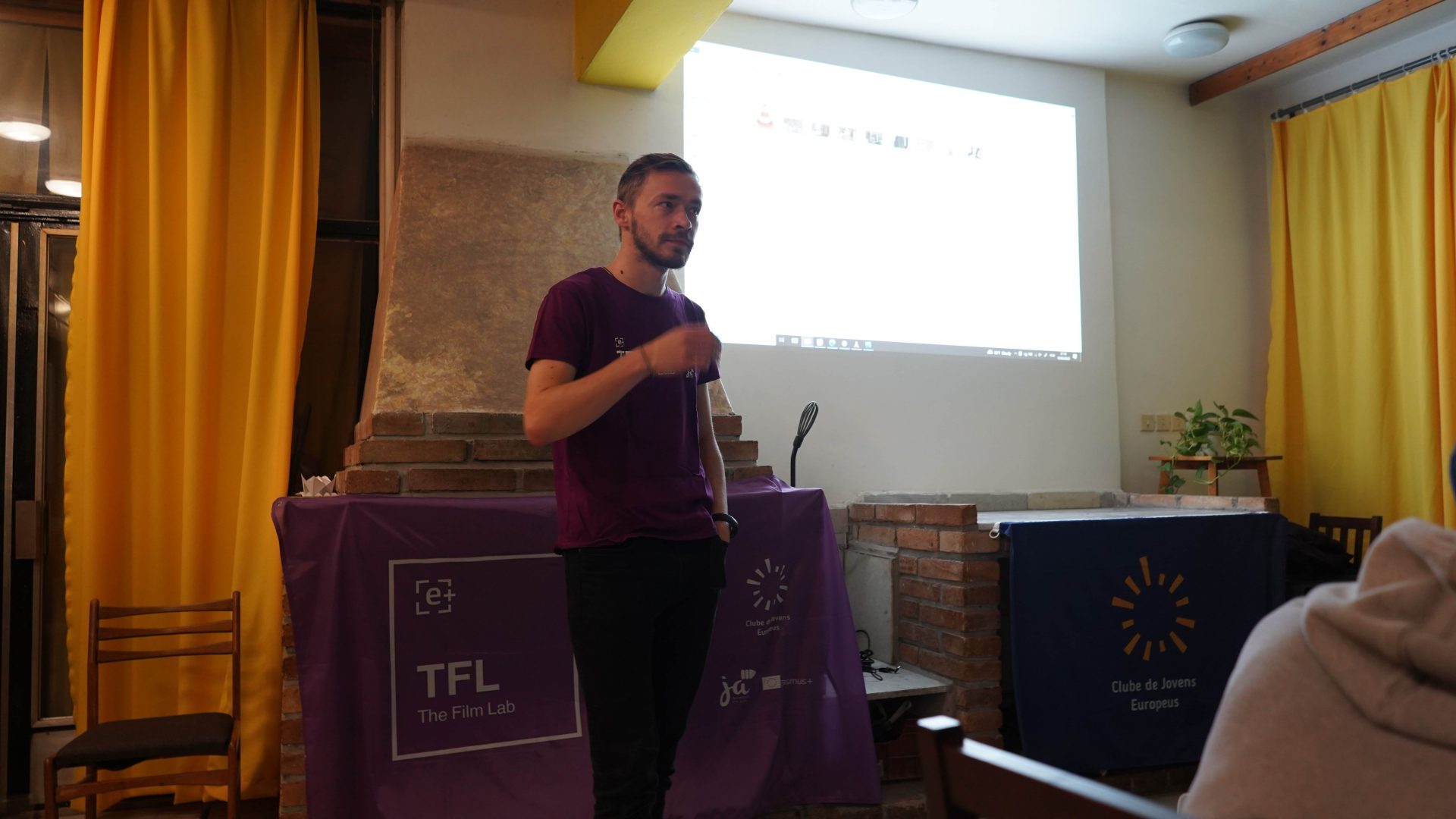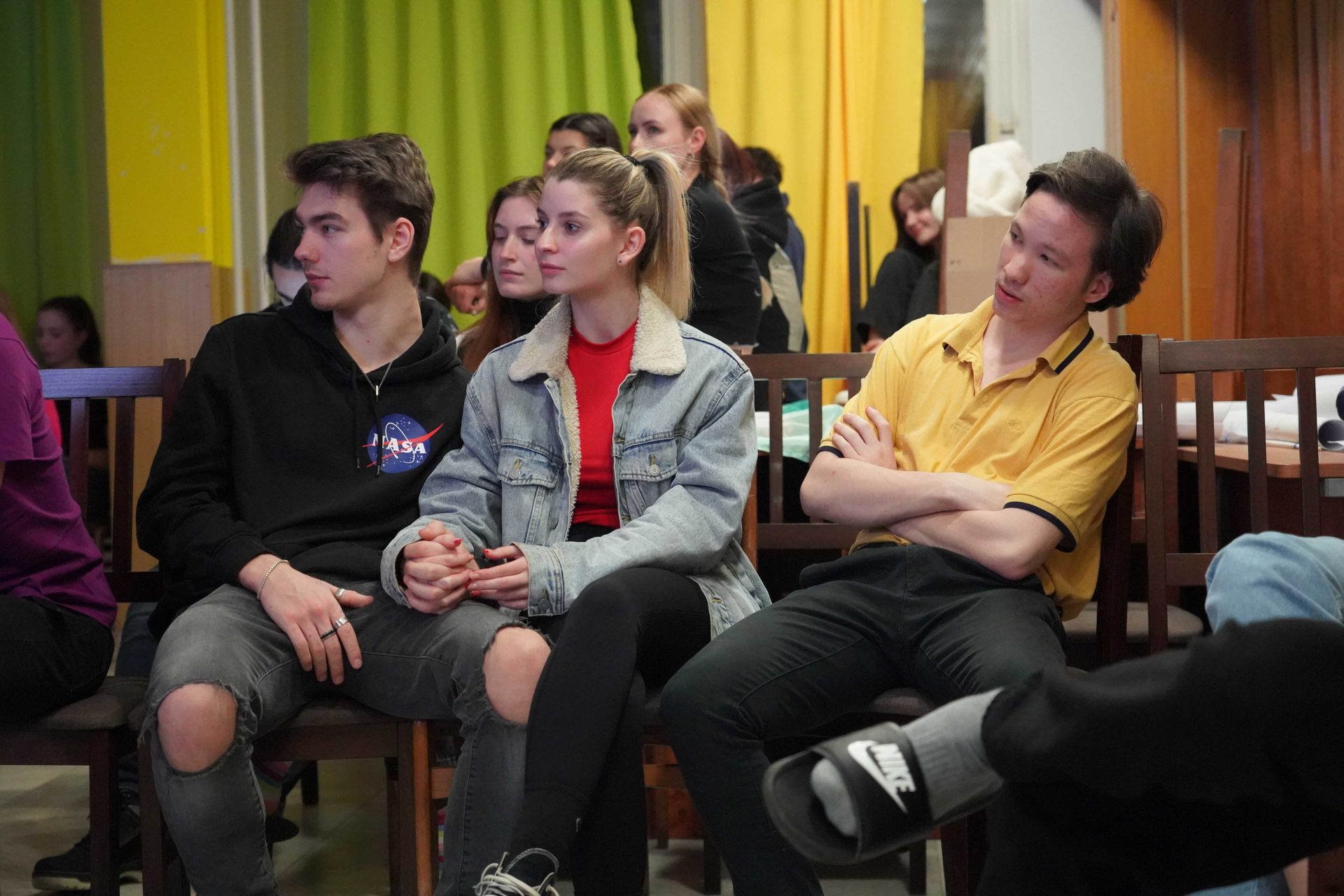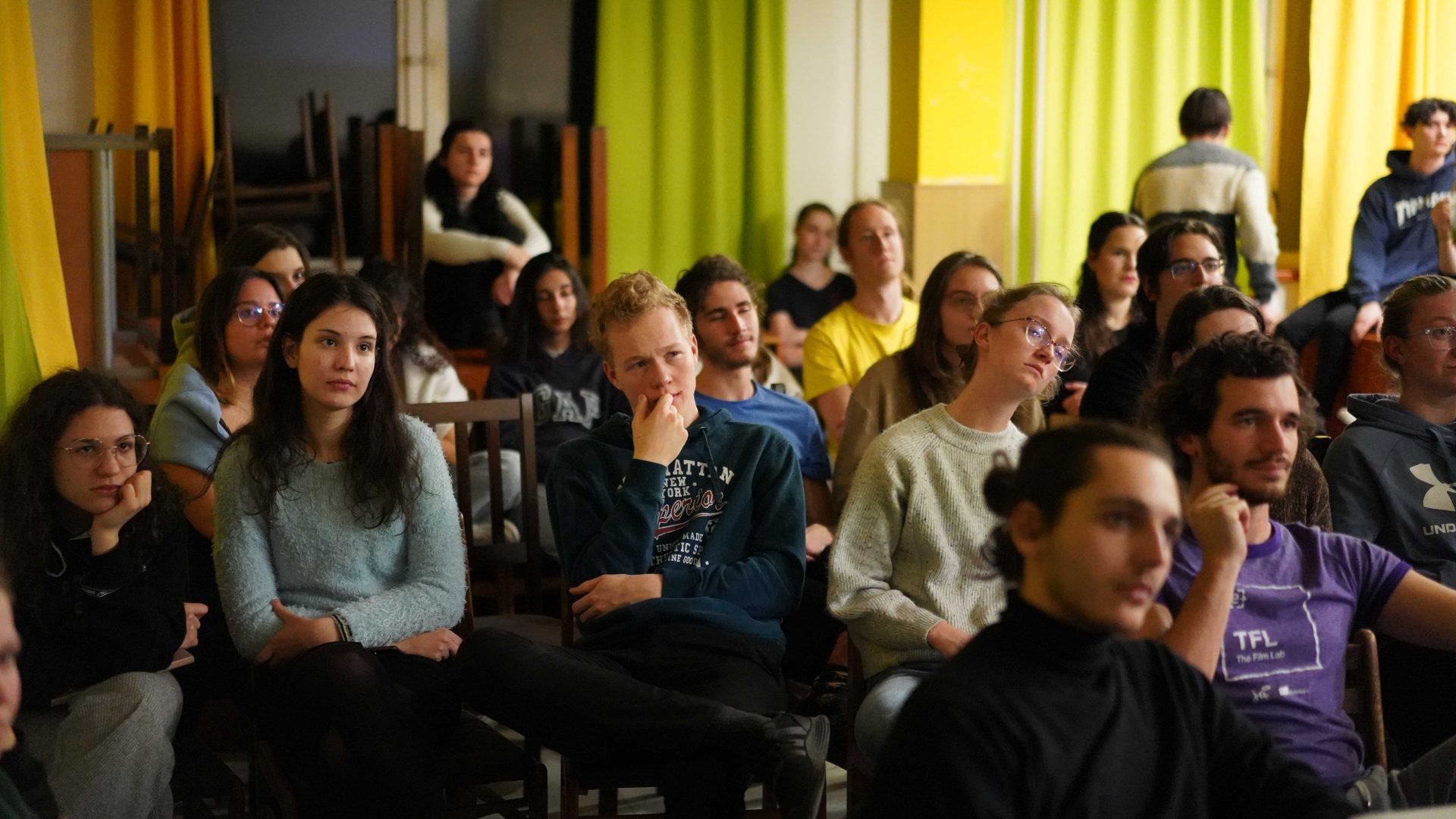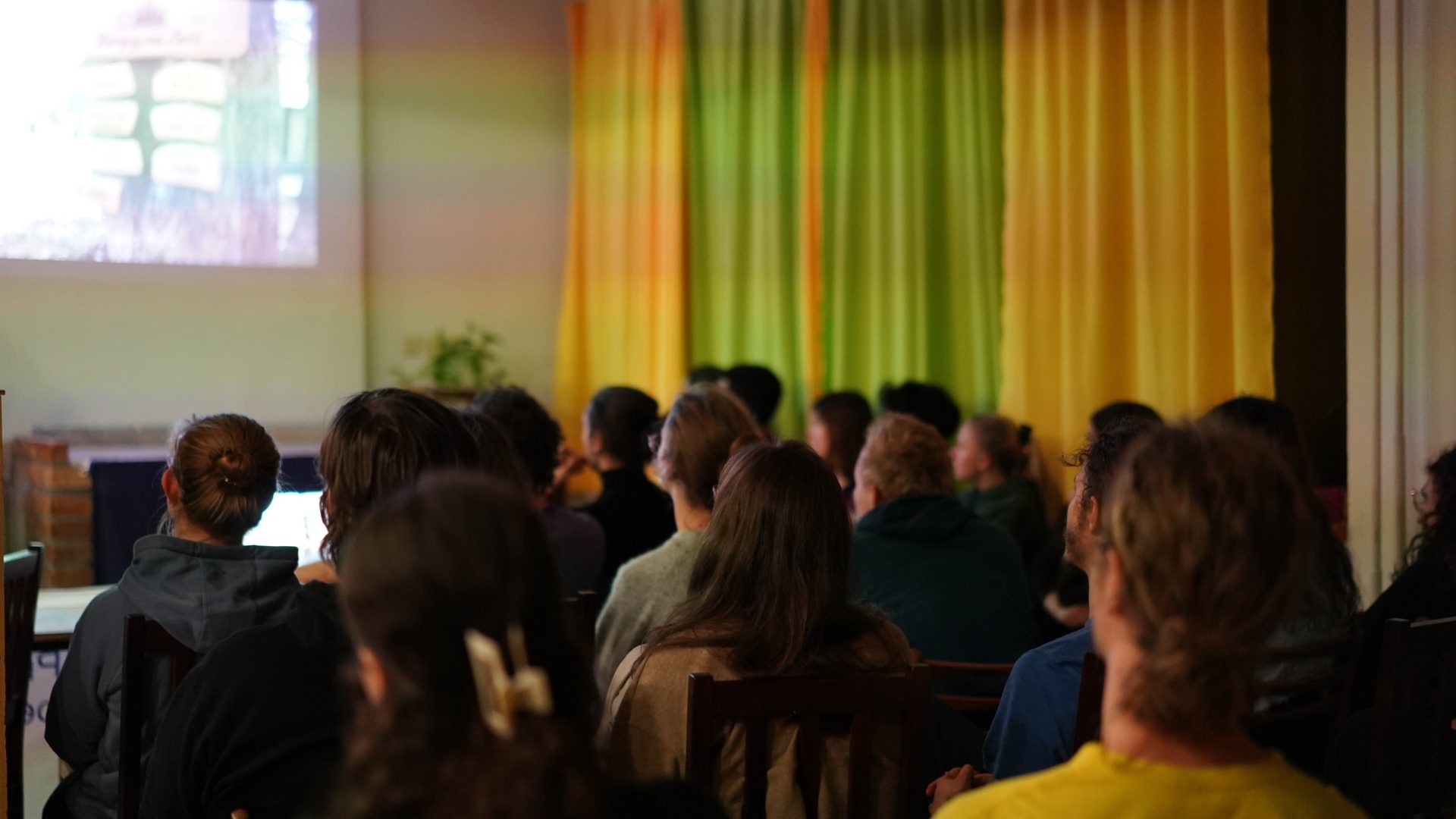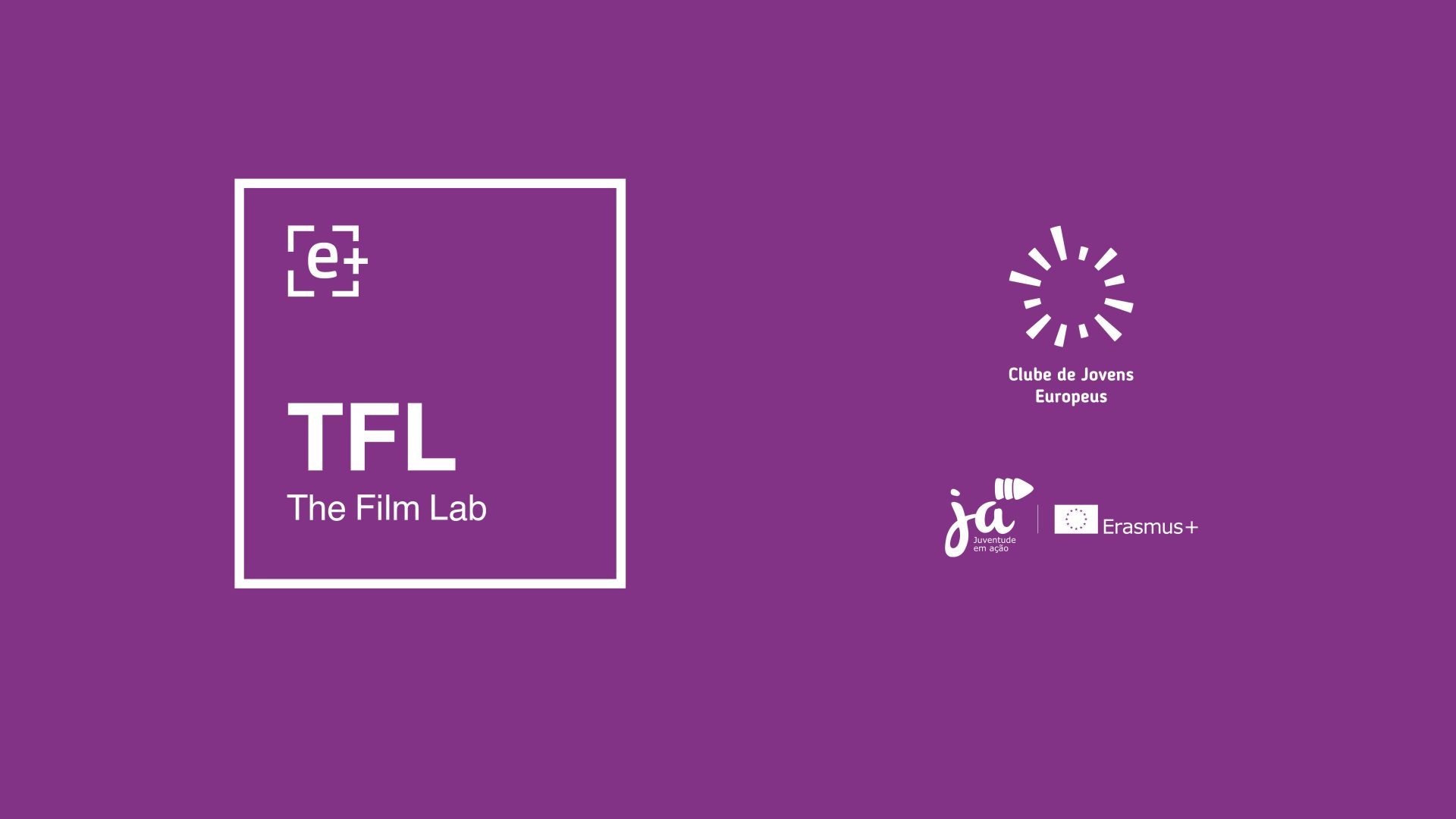
THE PROJECT
The Film Lab came to life as a consequence of COVID-19 pandemic. During this time, the fields of culture were heavily neglected, with most of the resources being spent on the pandemic prevention and with most of the measures restricting most of cultural activities. This lack of cultural life and possibilities of expressing creatively lead to the decline levels of creativity, creative thinking and in most cases are harmful to the levels of cultural awareness and even understanding among youth and their communities.
CJE and partners, realized three things:
– majority of our youth workers lacked skills in creating video content
– majority of our youth workers don’t know how to facilitate workshops about filmmaking.
– a general interest of young people in learning more about filmmaking
OBJECTIVES
IMPACT
Because of this project, youth workers from all partner organizations developed their skills in filmmaking and are now more capable of preparing better video content and also to be able to facilitate workshops and other activities related to filmmaking.
This increase of competences and capacity by youth workers and NGO will help raising the visibility of the partner organizations and their youth work as well make the engagement of youth more interactive, more creative and more dynamic.
The young people involved in all our activities have increased their competences in filmmaking and creative expressions, allowing them the space to communicate more freely. The awareness to the topic of cultural and creative expression has been raised in all partner communities as well as the feeling of belonging by engaging local people in the filmmaking process and in our youth work.
PARTNERS
Collaboration was formed by 5 partners from PT, HU, CZ, LT and SK who face similar problems and needs.
ACTIVITIES
During our project we organized 3 activities of mobility. Two short-term joint staff training events in Czech Republic and Slovakia aimed at increasing the capacity of our youth workers and organizations. And one blended mobility of youth taking place in Portugal aimed at putting to practice the knowledge acquired during the first two trainings and local activities, as well as bringing together young people and their film making ideas.
C1 | CZECHIA
FILMMAKING AS A TOOL FOR YOUTH ENGAGEMENT IN THE COMMUNITY
Our first joint-staff training took place in Seč, Czech Republic. Aimed at capacitating youth workers with competences in filmmaking (technical and creative). Led by Slovak filmmaker Erik Oslanec, youth workers learned more about how to setup the camera properly, about composition and most importantly, about what makes a good story (relevance, structure and delivery).
Through trial and error and experimental learning, the youth workers got more familiar with using video equipment (cameras, microphones, editing software) by recording interviews and testimonials about their Erasmus+ experience which you can see below.
Tereza Skorvanova
Lost with Emirat
Maria Mendes
Rui Fernandes
Later, divided in multicultural groups, the task was to find interesting stories in the surroundings of Seč, and film documentaries about it. One group discovered there was a puppetry museum in the region and decided to go and film a documentary about it. The other group focused on collecting testimonials from the local population. You can watch the results of that below.
Puppets
People of Sec
C2 | SLOVAKIA
NON-FORMAL METHODOLOGIES FOR FOSTERING CREATIVITY IN FILMMAKING
The second joint-staff training took place at the legendary Pocuvadlo, Slovakia, our home for so many adventures. The focus was for youth workers to explore non-formal methods they can use with young people for fostering creativity and learn about filmmaking. Led by youth worker Kristof Kantar and Rui Pereira, the participants experienced and discussed methods for practicing all different stages of filmmaking (scriptwriting, filming, acting, and editing) or where they can use video and filmmaking as a tool (for example, teambuilding activities with filmmaking).
METHODS FOR TEAMBUILDING
This team building activity takes its origin in the 48h Film Festival concept, but makes it even more intense. The idea is to divide participants in intercultural groups and have them make a movie in one day or even afternoon. Participants have to write, film and edit the film within a very short period of time.
There are only 3 conditions:
– Each team gets a specific genre through a draw.
– Every team has to include a specific object (in this case we chose a wooden log)
– Every team has to include a specific sentence (in this case it was “Co-funded by the European Union).
The results are not always perfect but that is not the point anyway. The idea is for the participants to get a crash course experience in filmmaking and with team work in intercultural contexts.
METHODS FOR IDEA CREATION
The youth workers tried various methods they can use to help young people spike up their creativity and come up with ideas for films, videos or any other form of story telling. Some methods are more creative bound and some focus on more technical approaches to filmmaking.
To practice idea stimulation and experiment brainstorming, we used a method called “Inverted Brainstorming”. The idea is to come up with the worst movie idea possible. The low-pressure that comes with not having to do something perfect, allows participants to completely let go and brainstorm freely (as it should be done).
Another method we tried is called “A room full of people” where each participant has to come up with his own individual character, its traits, backgrounds and personal stories. Then participants put these characters together in improvised scenes (at the cafe, or waiting in line in the supermarket) and let the story flow through the characters interaction. The audience can make suggestions while the “players” act it out. A possible variation of this that can be done outdoors is to take a walk as a group and let participants make “real-time pictures” in the locations they pass by, and then the other participants come up with stories based on their imagination.
To practice story boarding, we use the method “Comic Story” where the idea is to draw your movie idea as a comic book. This is a more technical method as it is a standard in the filmmaking industry. The point is to visualize your movie before you start filming it and decide how it will look.
METHODS FOR FILMING
To foster technical learning in filming we discussed various methods, where participants can get more acquainted with equipment, camera movements and composition.
“No-Edit Movie” – it’s an upgraded version of the same concept. The idea is that you are not allowed to edit your movie. You can do cuts, film different shots, in different locations but there can’t be any editing. You start recording the shot, you stop it and then record the next one. So there are no second chances, you have to prepare your film to be shot sequentially. It works better if you use handycams or old VHS cameras (where everything is recorded into tape), but it can be adapted to modern times with phones or modern video cameras (as long as participants really commit to the method and don’t cheat).
METHODS FOR EDITING
To foster learning in editing we discussed various methods, where participants can get more acquainted with the technical part of using non-linear editing software, but also the creative part, by learning about rythm, types of cuts and storytelling through editing.
“Trailer Remake” – In this short exercise, participants take famous movies and do alternative edits of their trailers, trying to give different meaning to the movie. The point is to show how you can manipulate the images to say what you want.
FINAL MOVIES
For the last three days, the participants worked in intercultural teams to produce short-movies. Using the teachings acquired through those methods, they wrote, filmed and edited short-movies that you can watch below.
Catch(Fish)
La Vida de Carlitos
TESTIMONIALS
Here are some of the opinions of the participants in our training.
André Silva
Luca Soltész
Csaba Vanya
Pedro Ramalho
Zuzana Schmalsová
C3 | PORTUGAL
FILM MAKING IN INTERCULTURAL CONTEXT
The Blended Mobility and final international activity of our project, took place in Praia da Areia Branca, Portugal in October 2022. It gathered 35 young people and youth workers, to put in practice all the learnings of the project. The idillyc beach scenario was the perfect inspiration for all the young people to get together and do movies together.
We started right away working with video, by giving the task to everyone to introduce themselves via a personal video. The method called “Mini-docs” was a good way for them to start getting on the groove to start filming. It also helped them to spike their creativity and getting them on the right page early on.
Next we implemented the method Guerrilla Filmmaking, in intercultural teams, gave them the task to complete a short movie from beginning to end in one full day including a specific object – a toilet paper roll – and a sentence – “What a big eater he is”. You can watch the results below.
Runaway Cowboy
Genre: Cowboy Sci-fi
Hotel Portuga
Genre: Horror
Unlucky Man
Genre: Comedy
White Panther
Genre: Detective
Jackass
Genre: Comedy
ONE SHOT WONDER
As a group exercise led by André Silva, we recorded Rui’s morning routine in a one shot movie.
Participants needed to film a movie without using any cuts. The whole group worked together and the challenge this time was to plan everything in the sequence to fit on time, a one minute continuous movie. Participants learned a lot about production, but also about directing actors and precise planning. You can see the result below.
THE PITCH SHOW
Each participant came to the project with a movie idea. In a session led by André Silva, one of our volunteers, the participants learned about the art of pitching. A pitch is how directors in the movie industry try to convince producers to invest on their movies. Participants had to prepare their own pitches, a short presentation (max. 1 min) where they have to convince the audience that their ideas is doable and interesting to work on.
After the presentations everybody voted on their favourite idea and we divided into intercultural teams. These teams worked together until the end of the project to produce the final movies.
FINAL MOVIES
The best 7 ideas were selected and participants were divided into teams, and for the last few days of the project this was their main focus. They discussed and wrote the scripts, designed storyboards, filmed and edited their movies. Beautiful ideas came out of these youngsters minds and 7 movies were created as part of the process. You can watch them below.
Humans
Naomi Kistamas (HU)
The Pet Rock
Ema Veverkóva (CZ)
The White Killer
Noémi Gecso (SK)
The Hunt of Neszarozmár
Mate Lengyel (HU)
The Butterfly Effect
Migle Daugelaite (LT)
The True Mirror of Life
Deimante Varnagiryte (LT)
Reinkar(inter)nation
Leo Kistamas
THE FILM LAB FESTIVAL
To close the mobility the participants organized the first version of the Film Lab Festival. They took care of the promotion of the festival by doing a poster they shared around town. Also a Facebook Event was created which helped attract a few more locals. We setup an open air cinema on the beach and invited the local population to watch the movies with us. In the end around 70 people were present to see the movies made throughout the project. A beautiful and relaxed setup for us to finish the week in Portugal and have a few laughs.
THE FILM LAB FESTIVAL
In every country of the project, we organized one or more Film Lab Festivals, where we invited people to watch the movies created during the project and where we promoted the Erasmus+ Programme. Below you can see some highlights of these moments.
SLOVAKIA
CZECHIA
HUNGARY
OTHER RESULTS
These videos were made by young participants, who gained knowledge and practical skills about videography in the Erasmus+ KA2 project “The Film Lab”, through local activities. The regular participants were also given the chance and the challenge to create movies during other youth exchange projects implemented by the partners, creating synergies between projects and improving the quality of the work of all partner NGOs.

